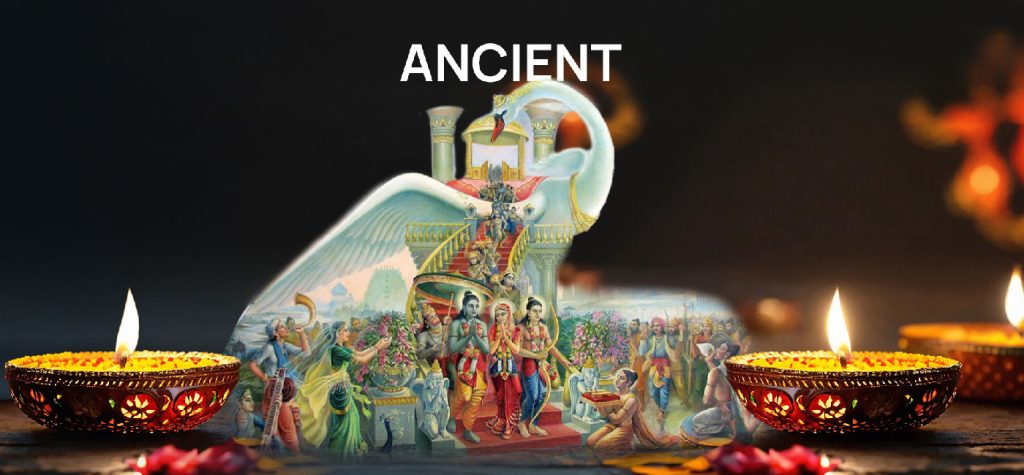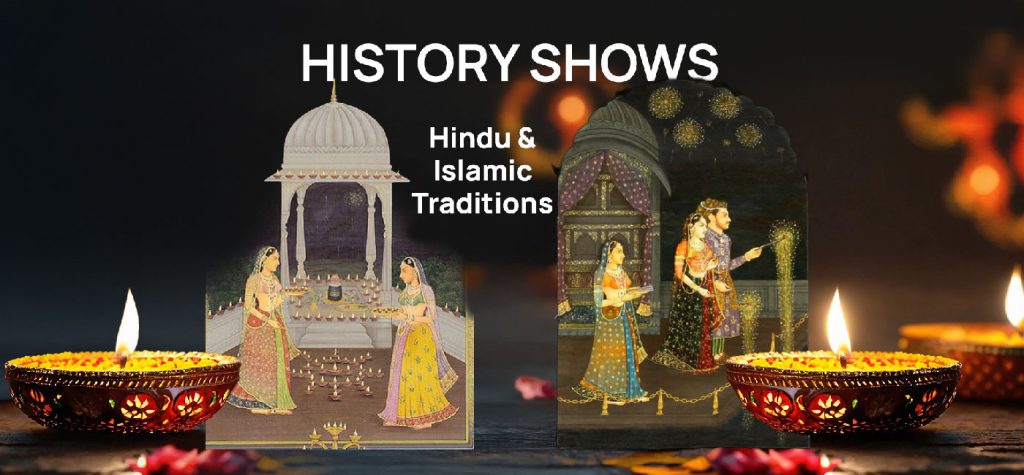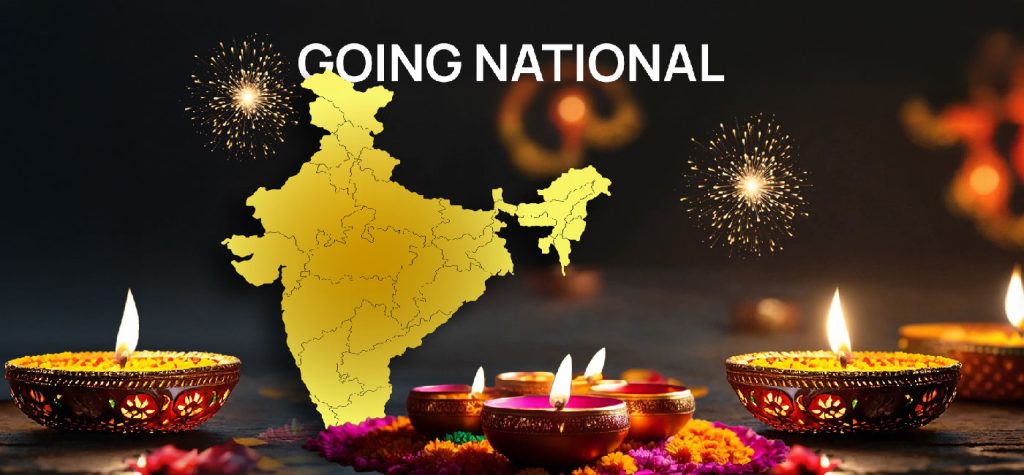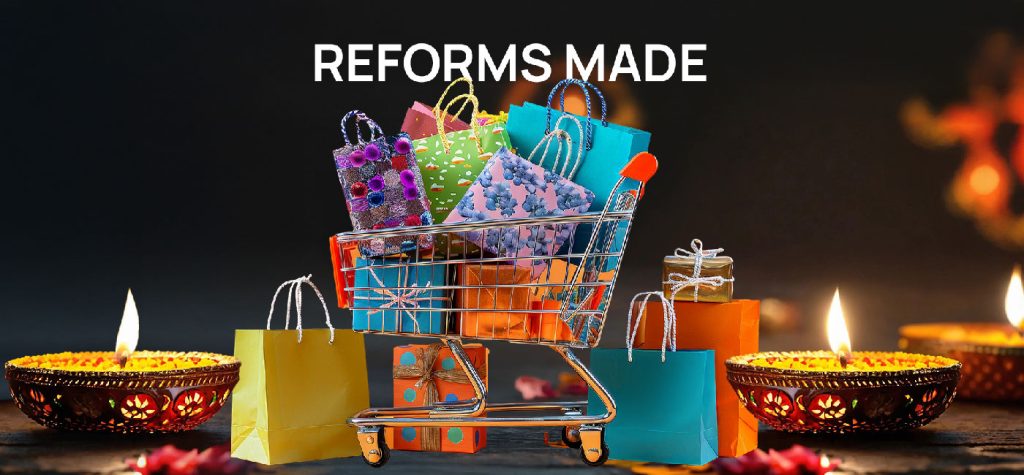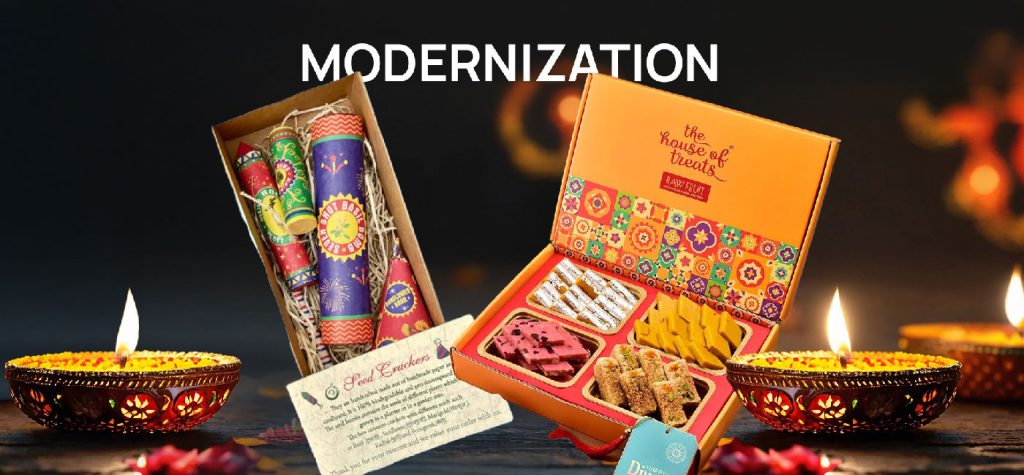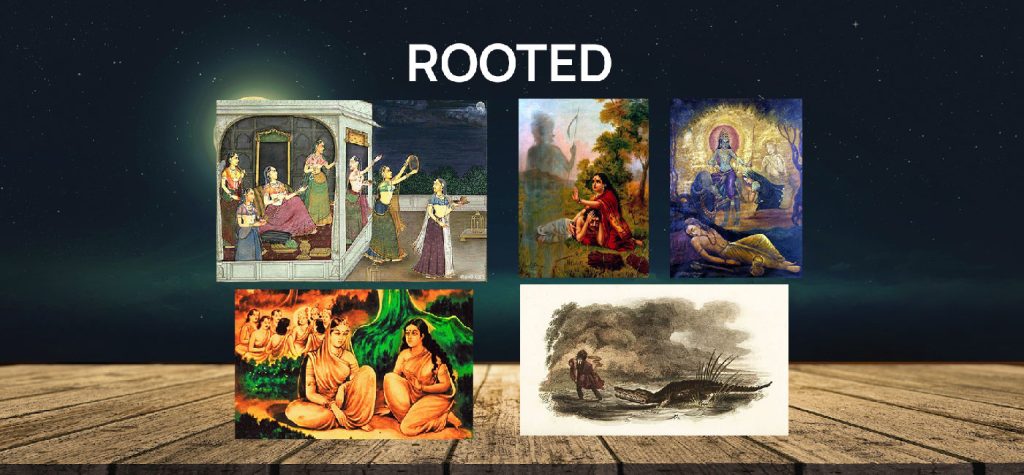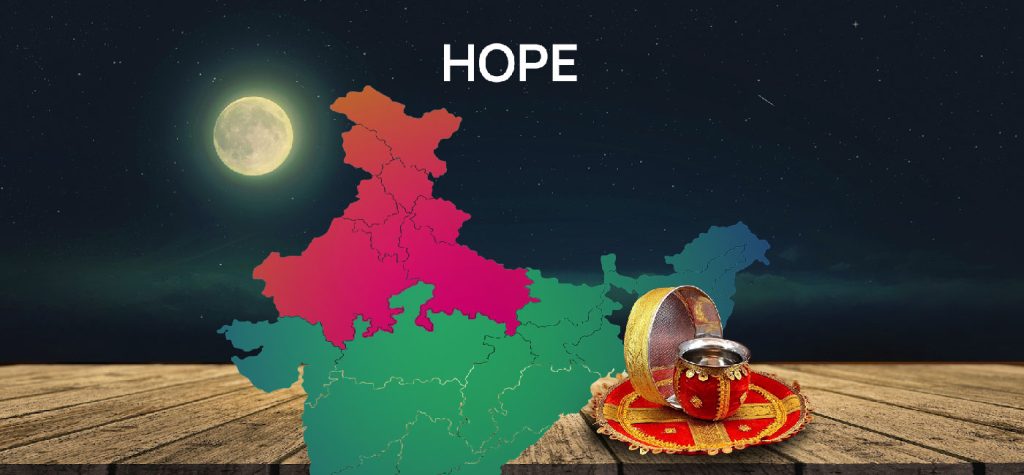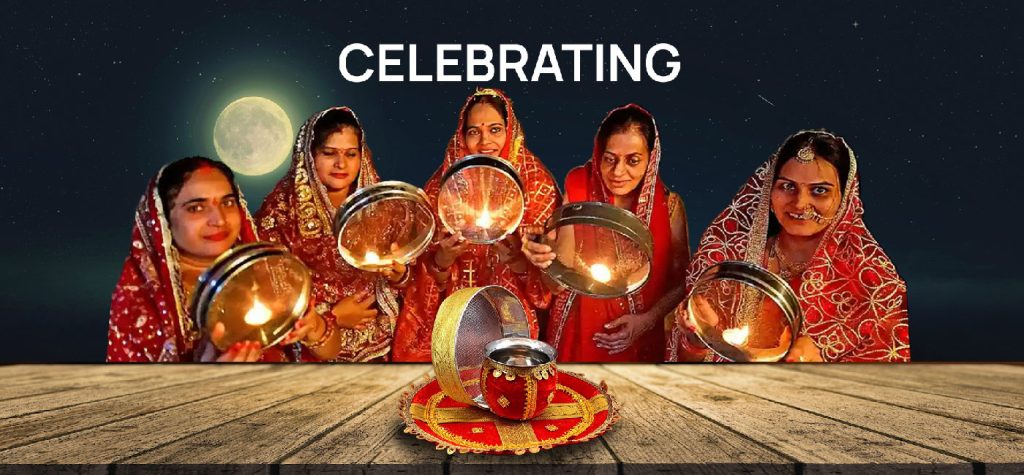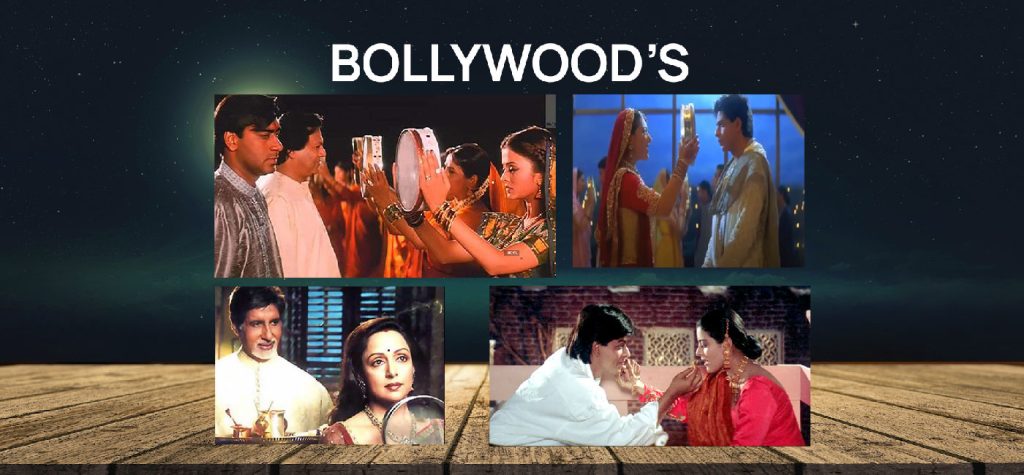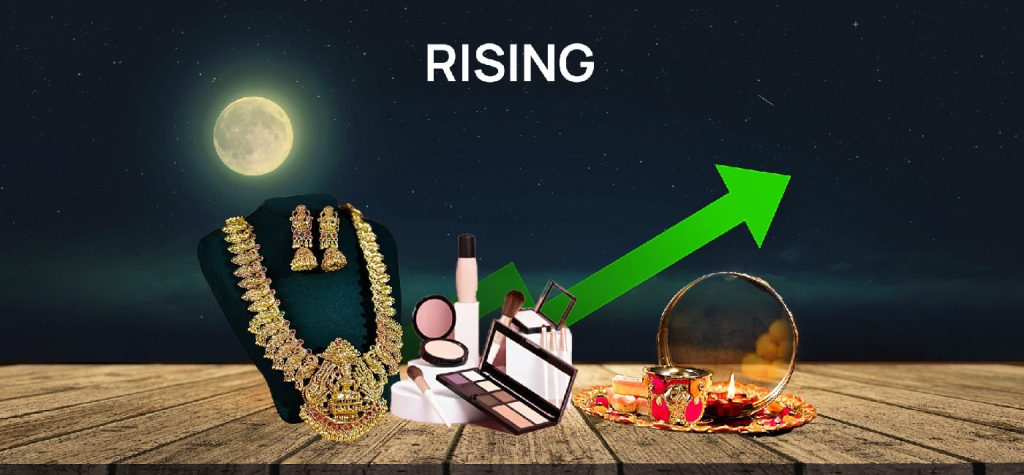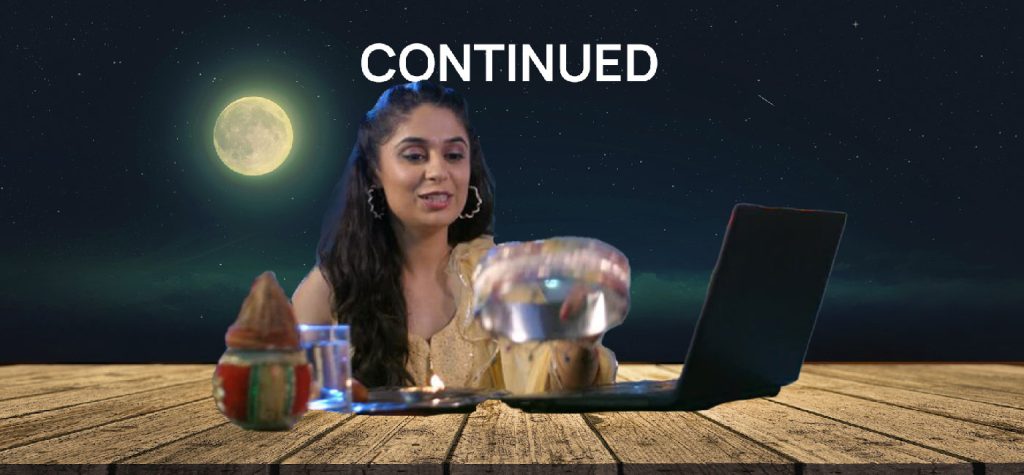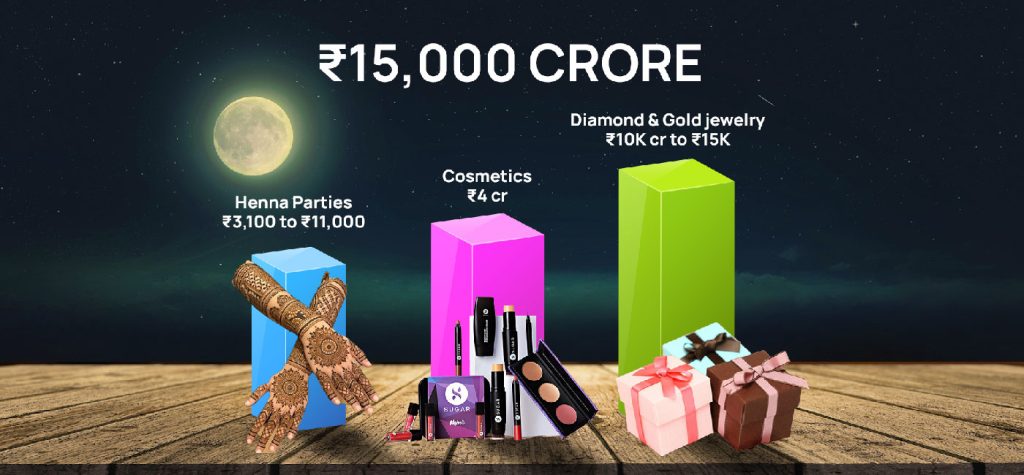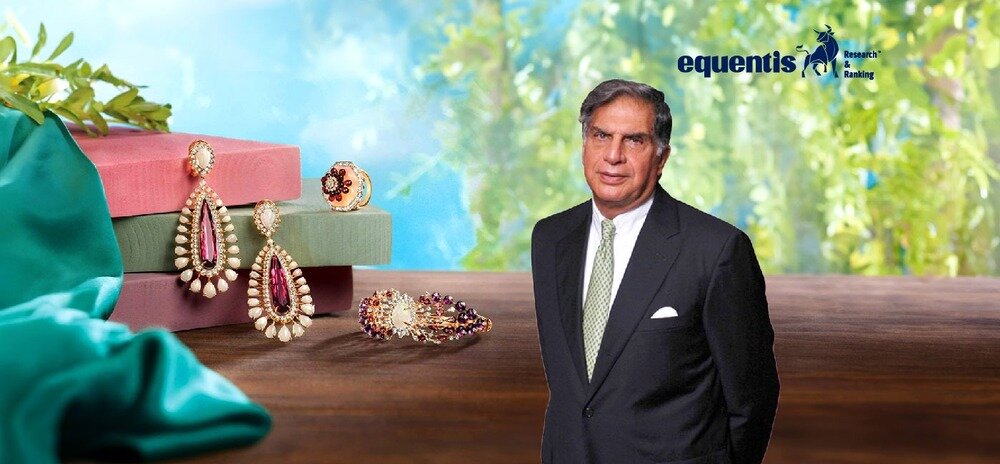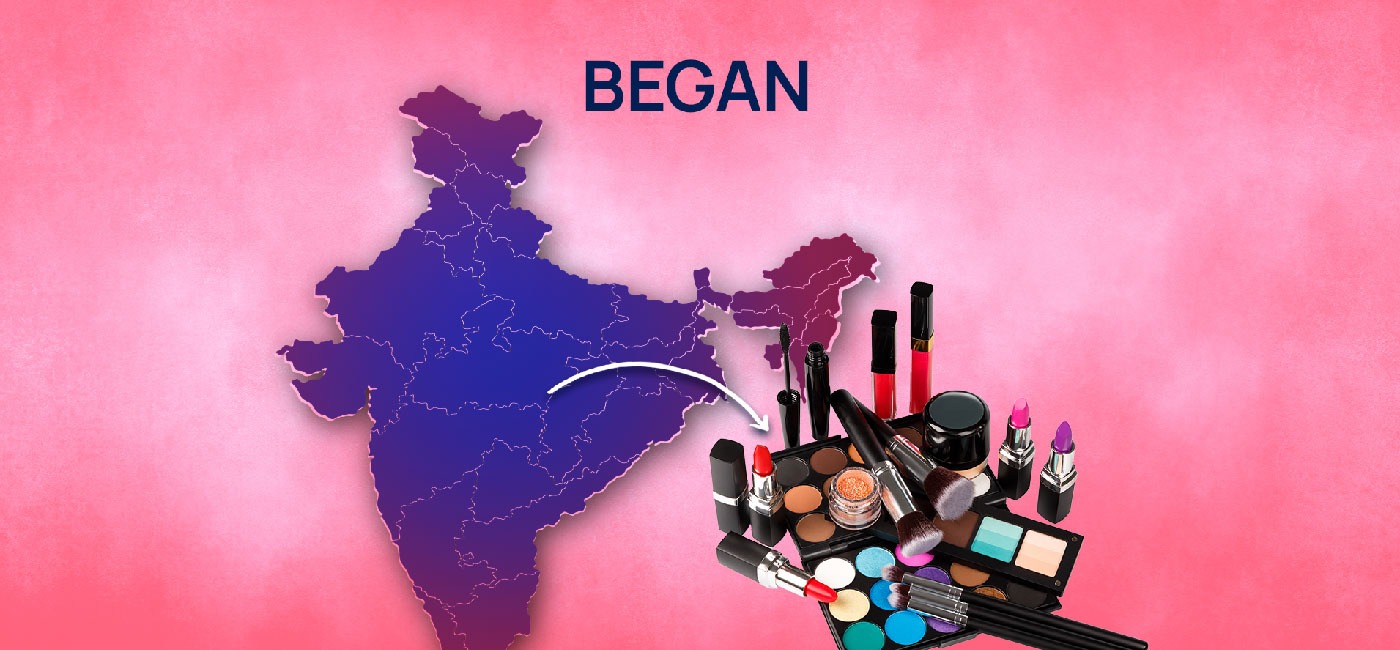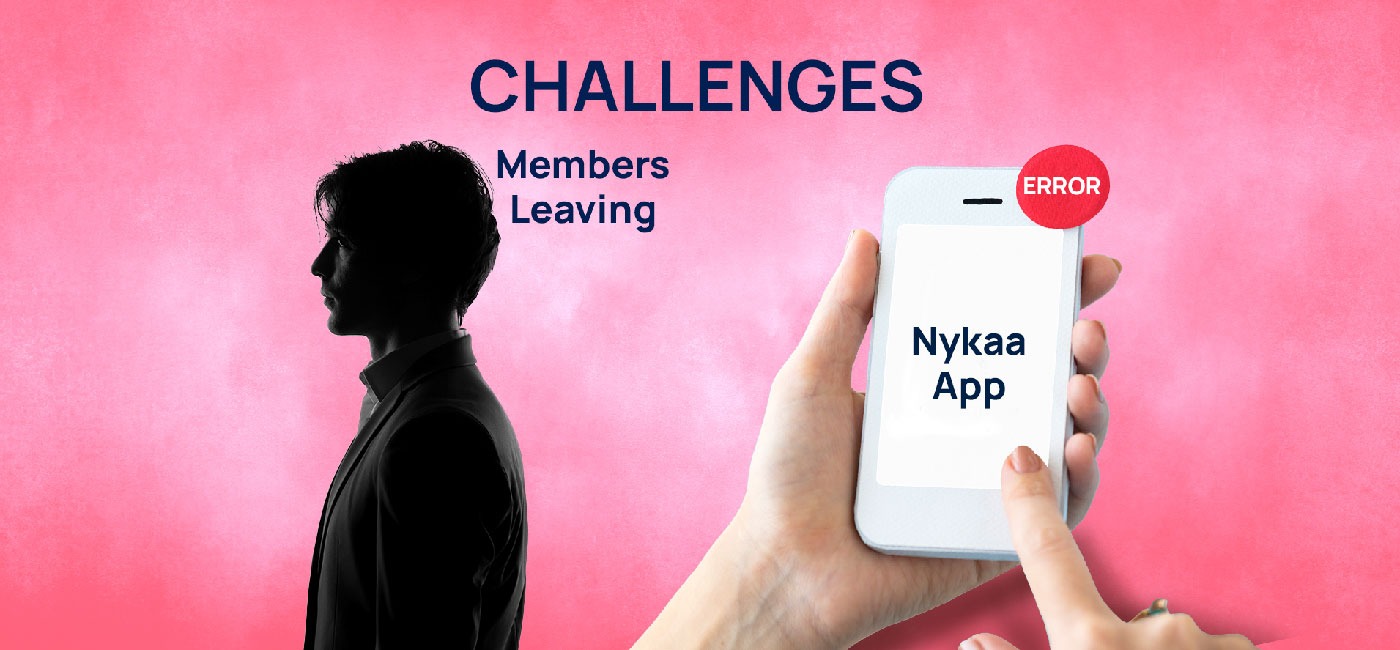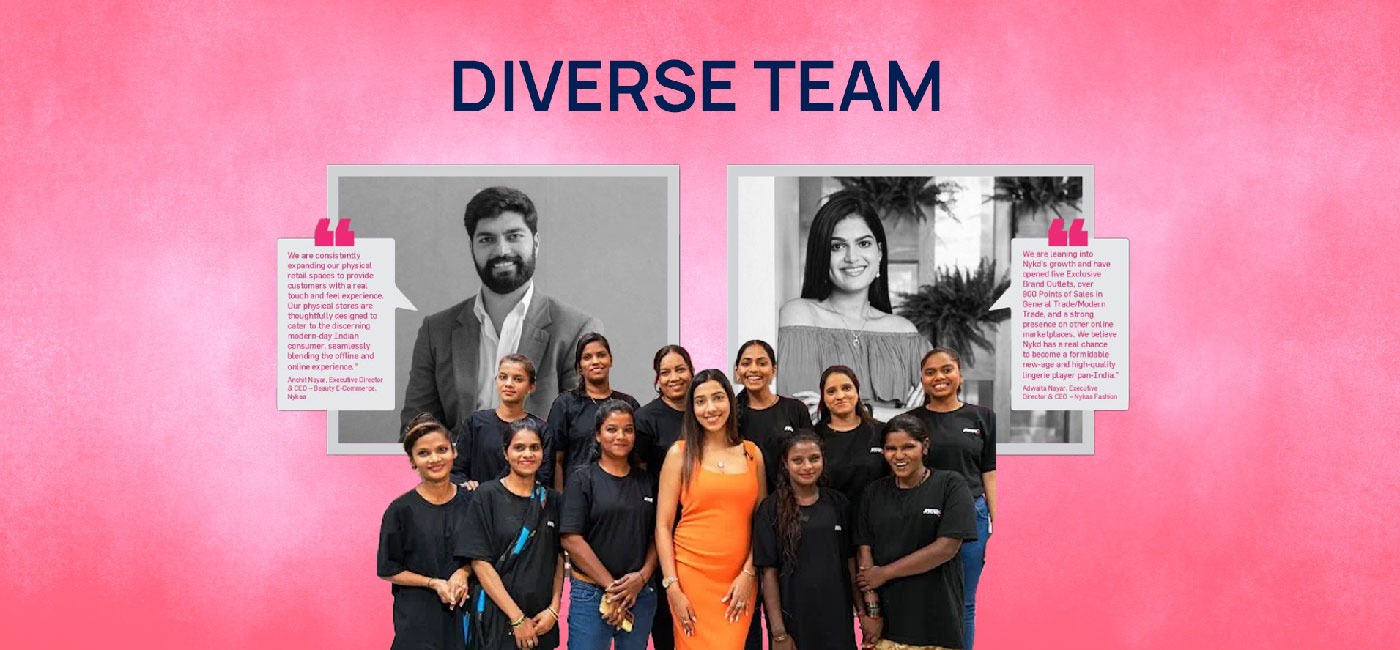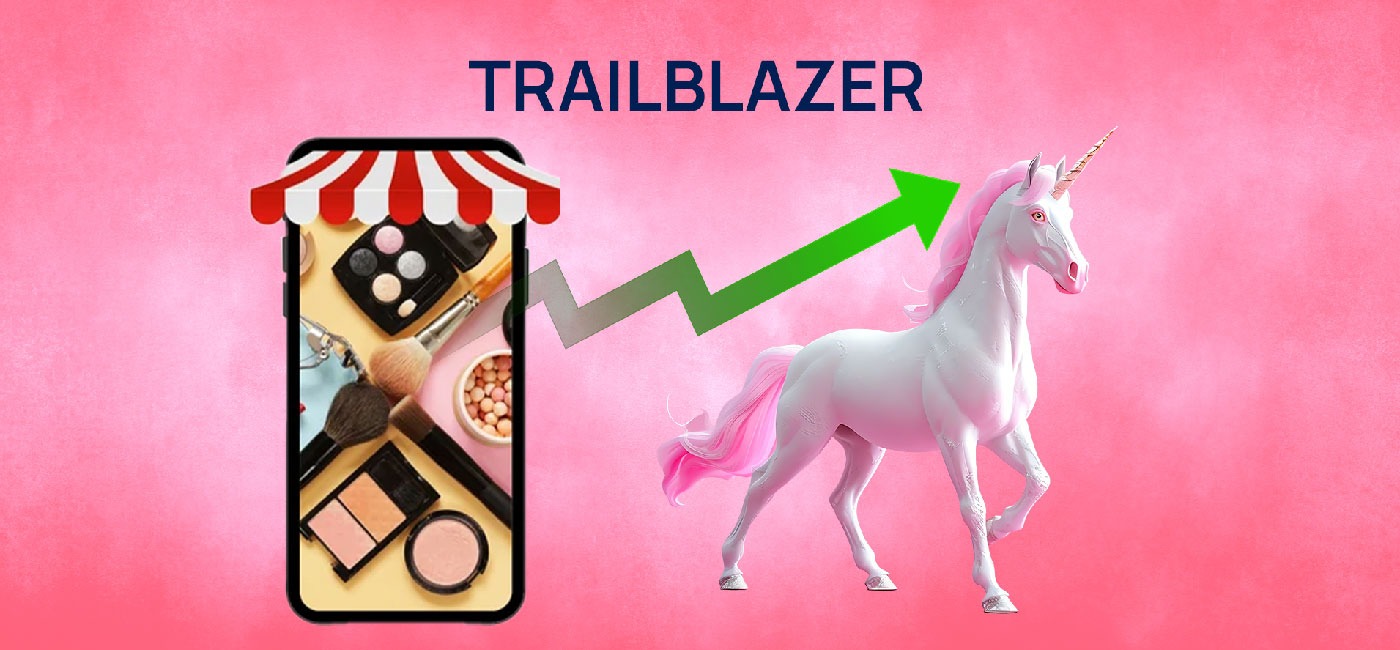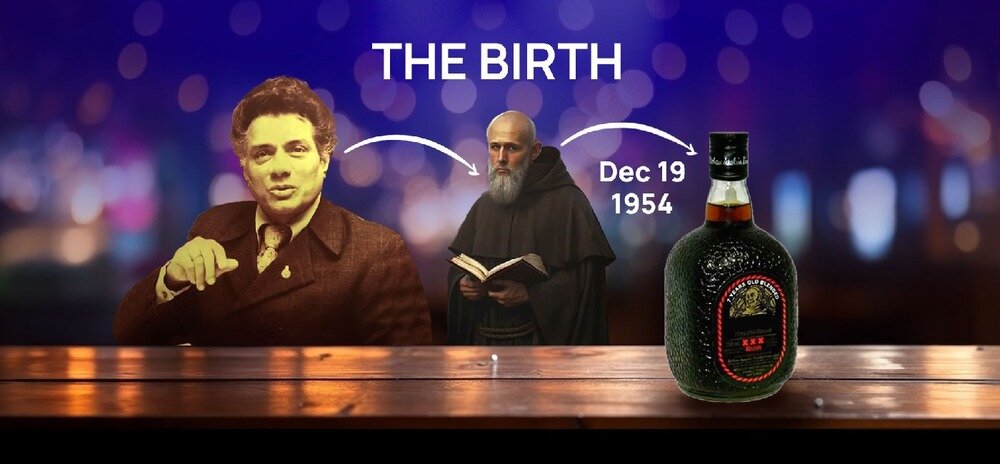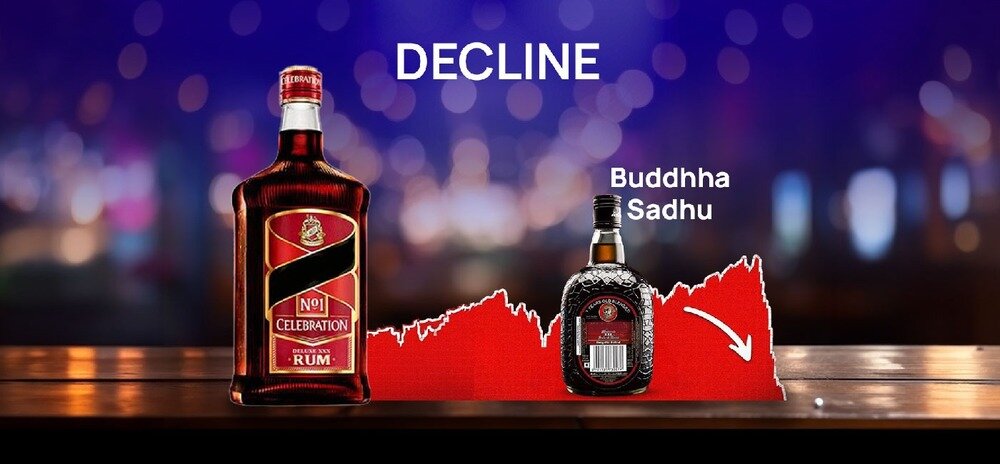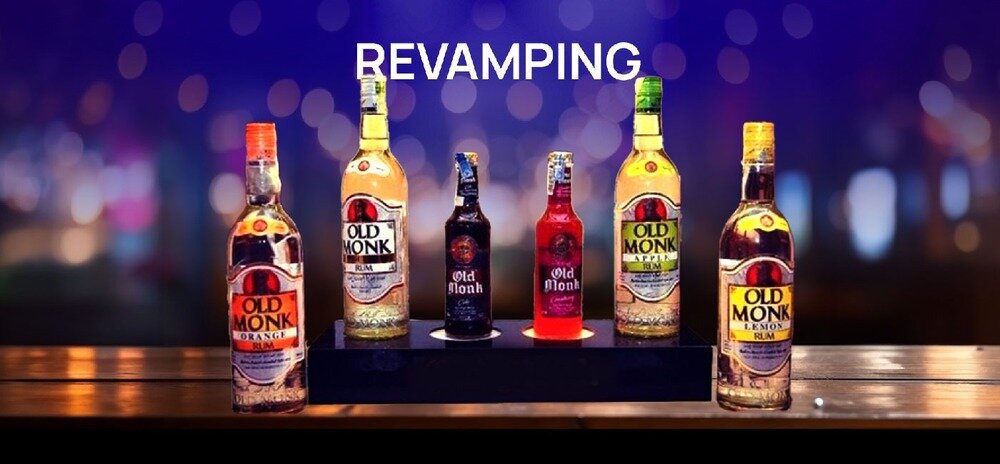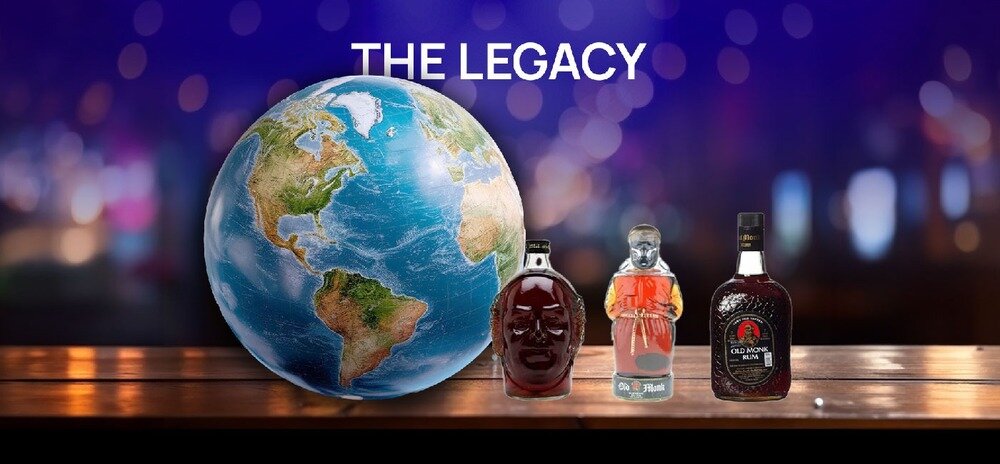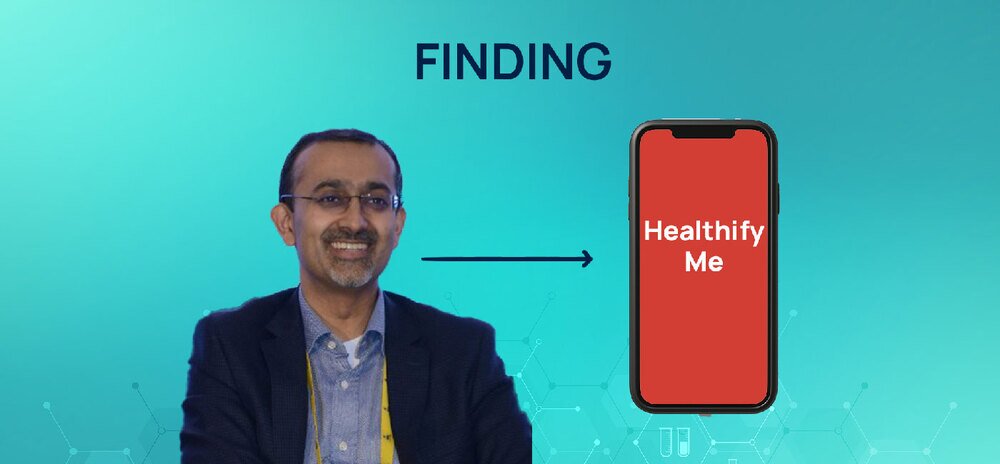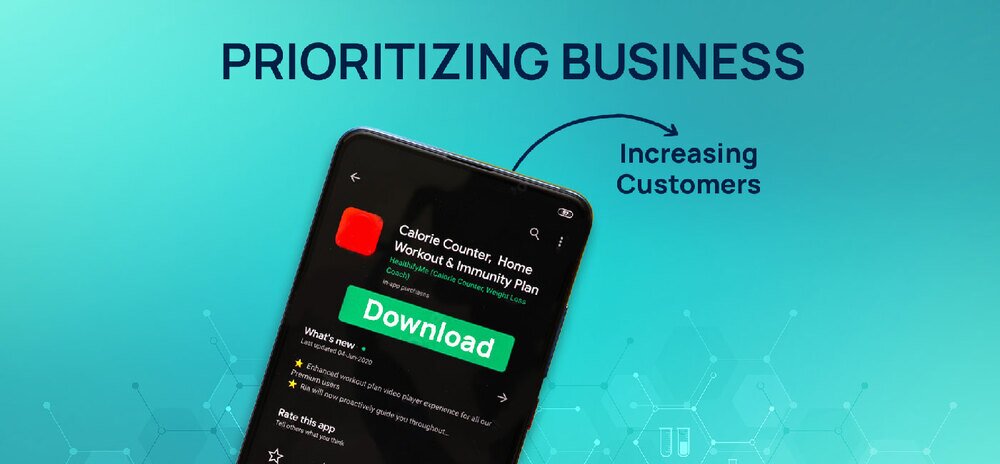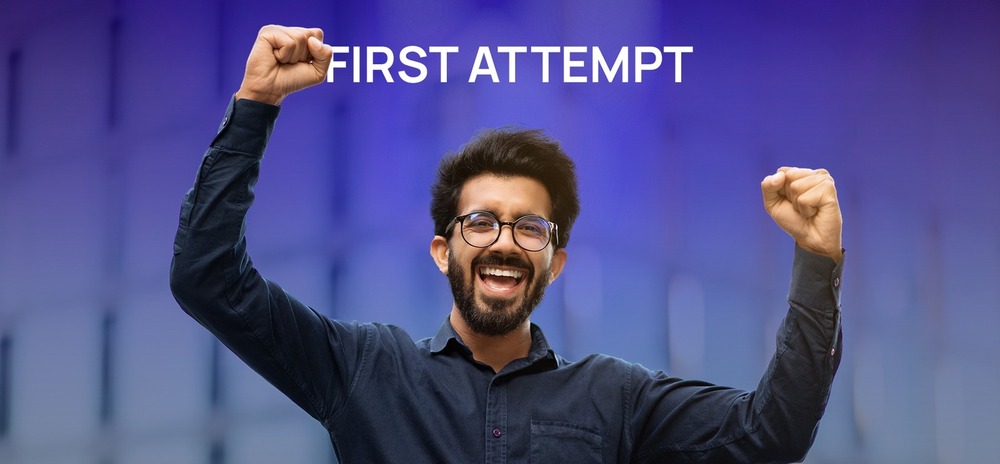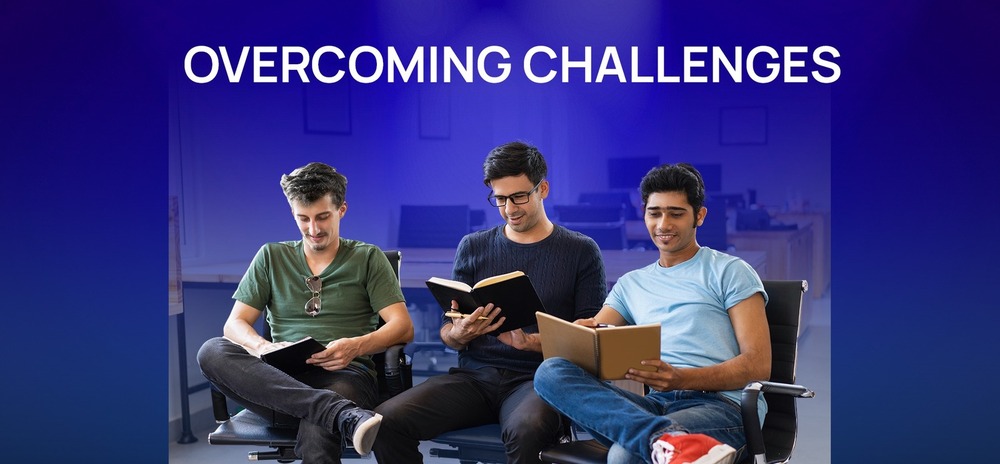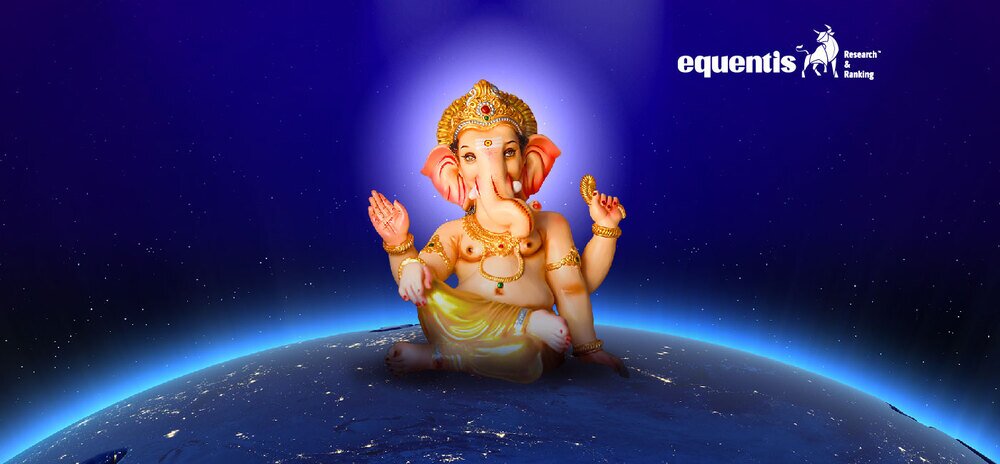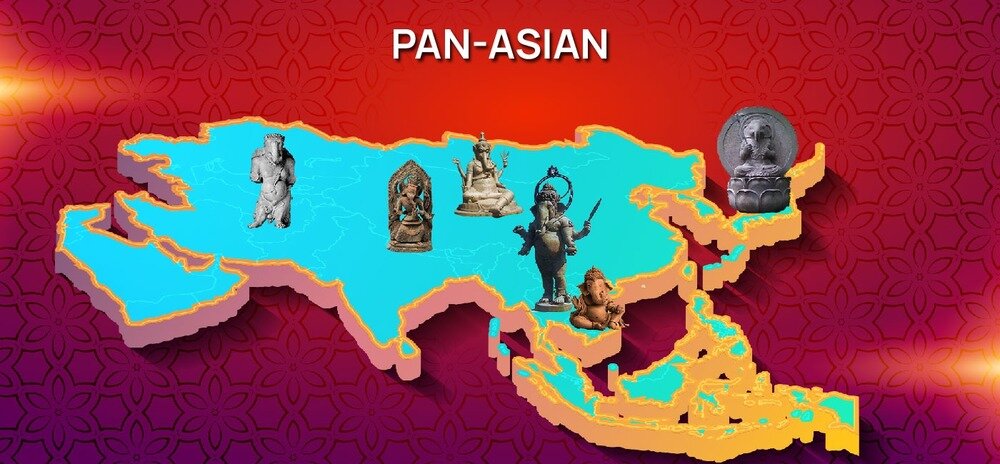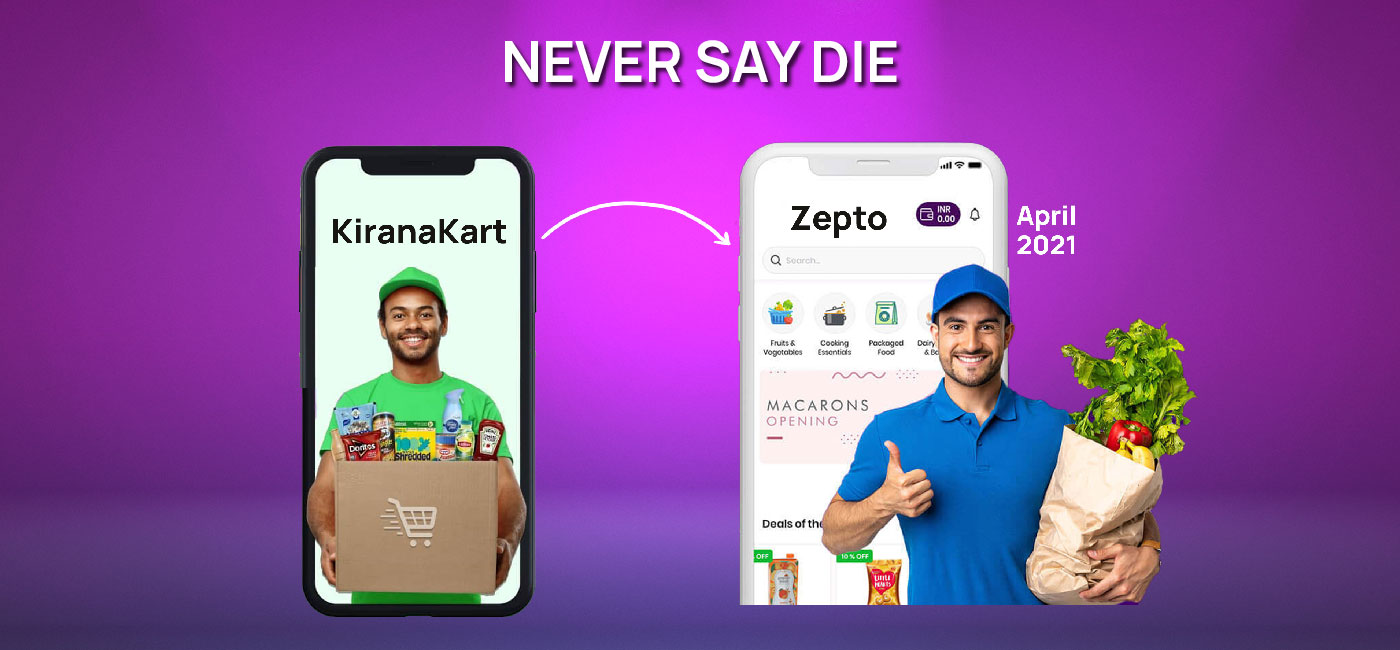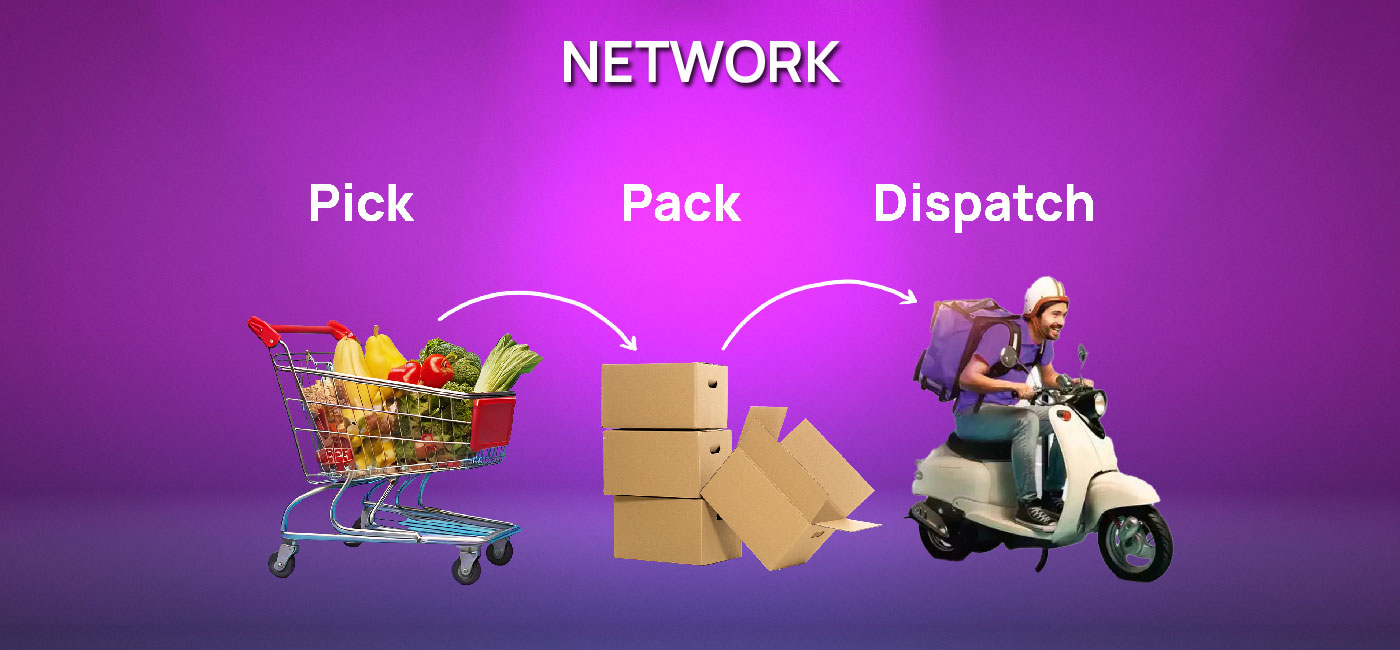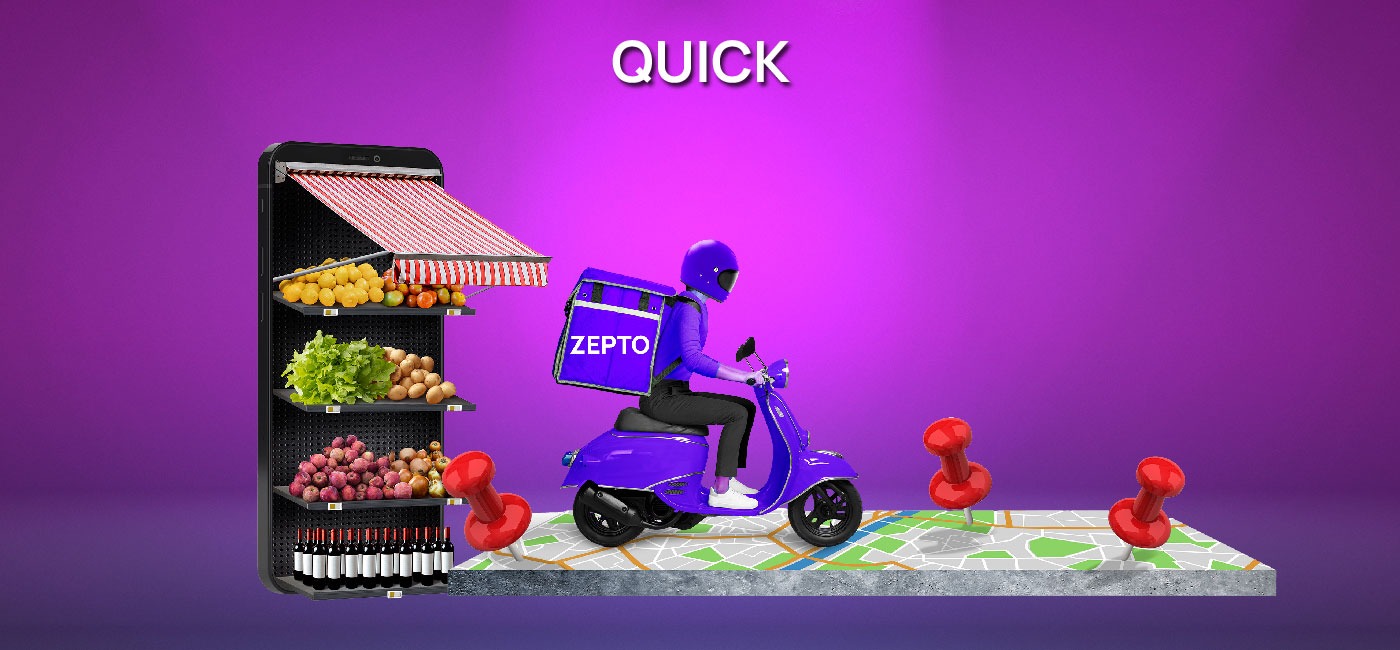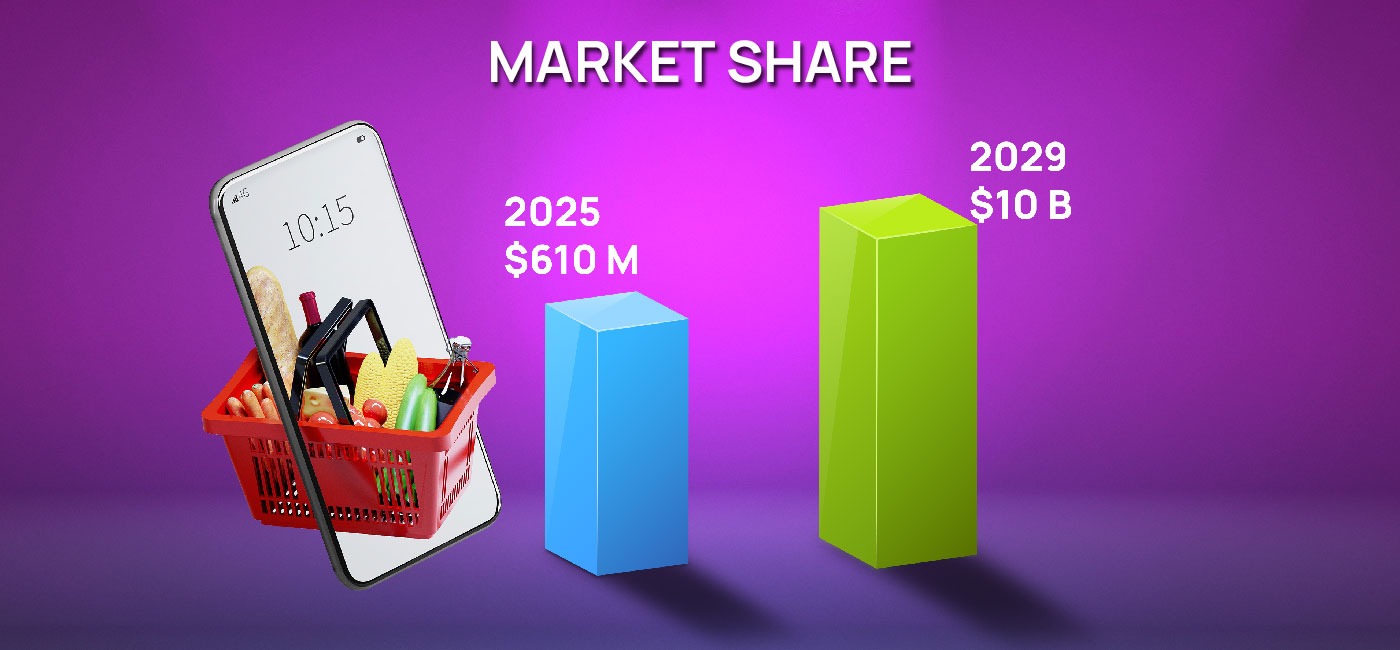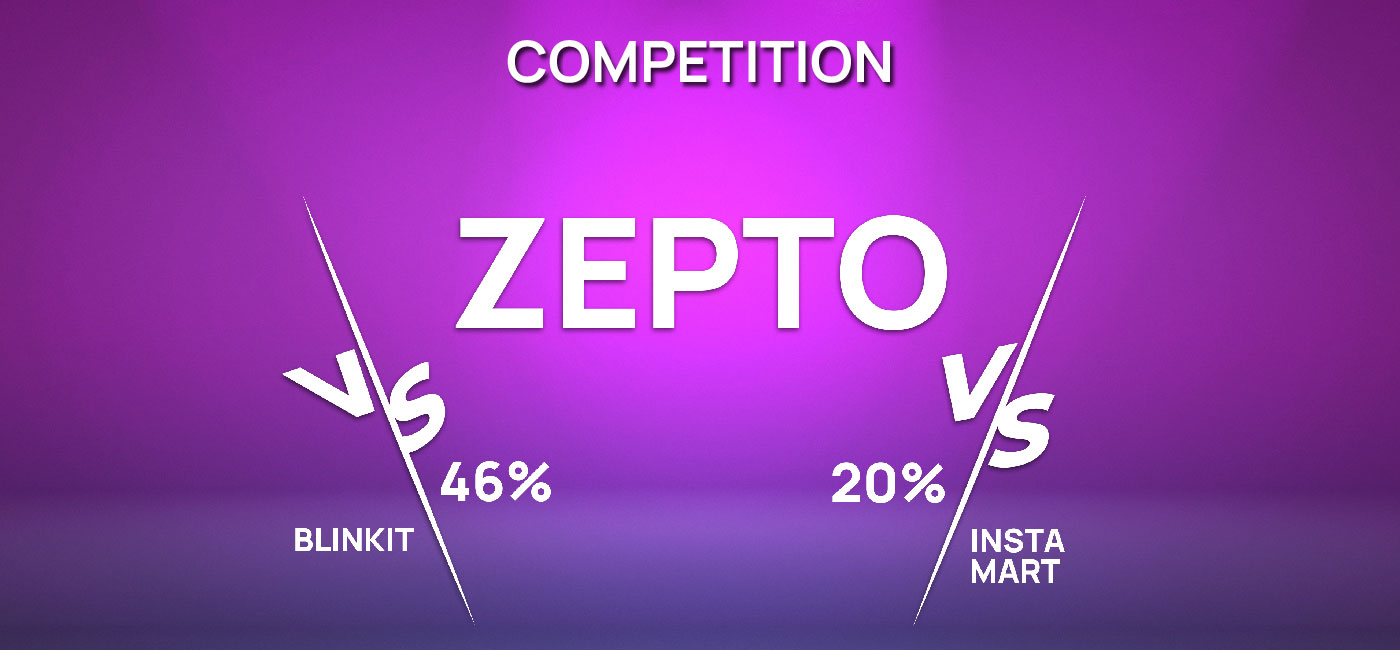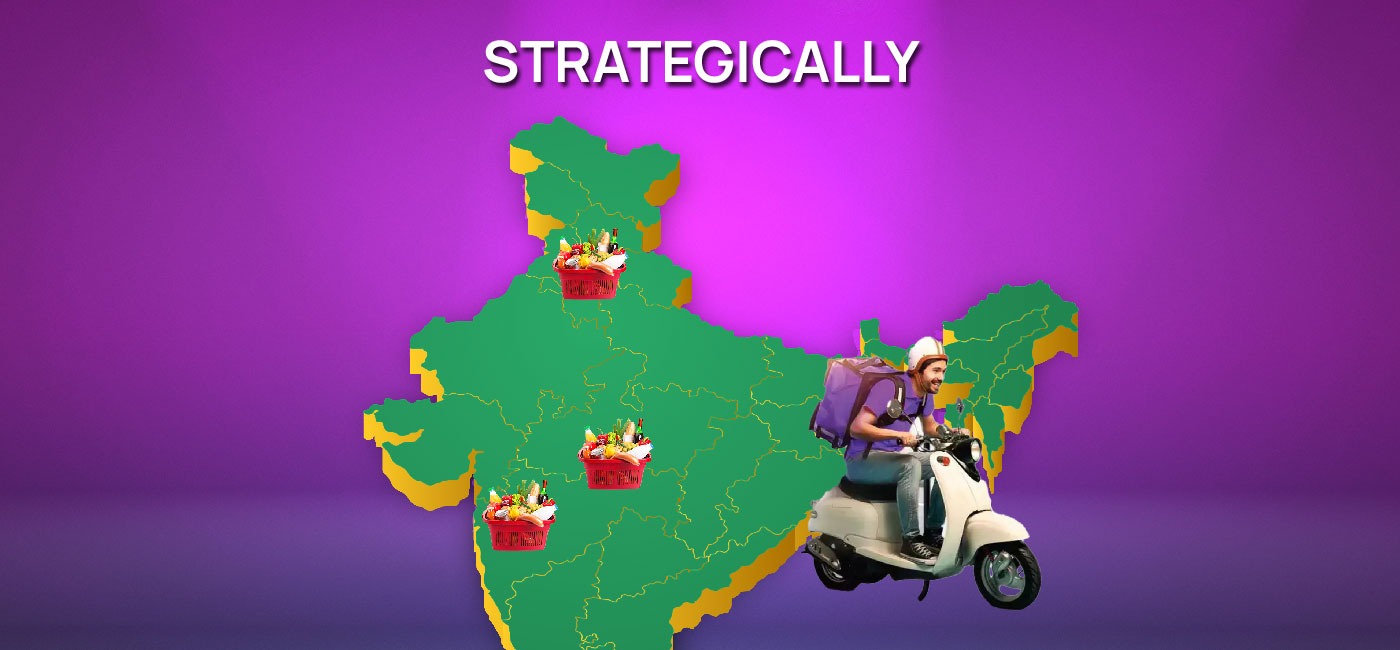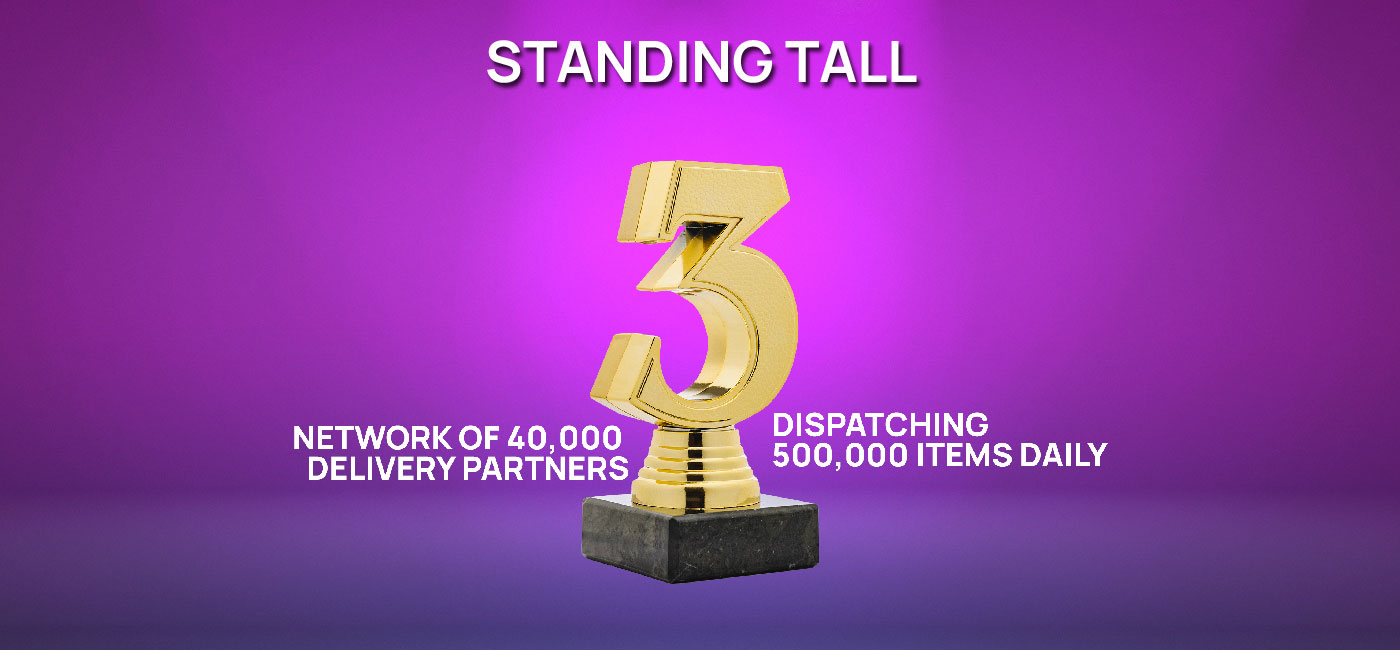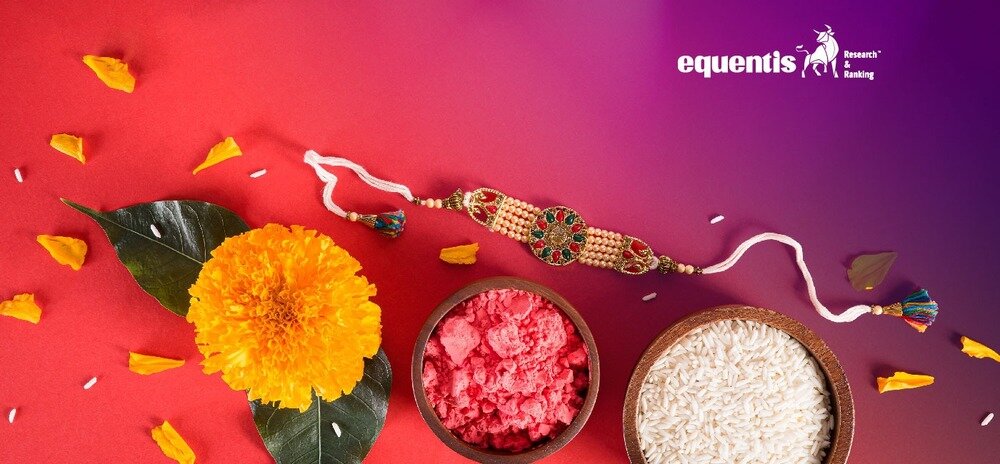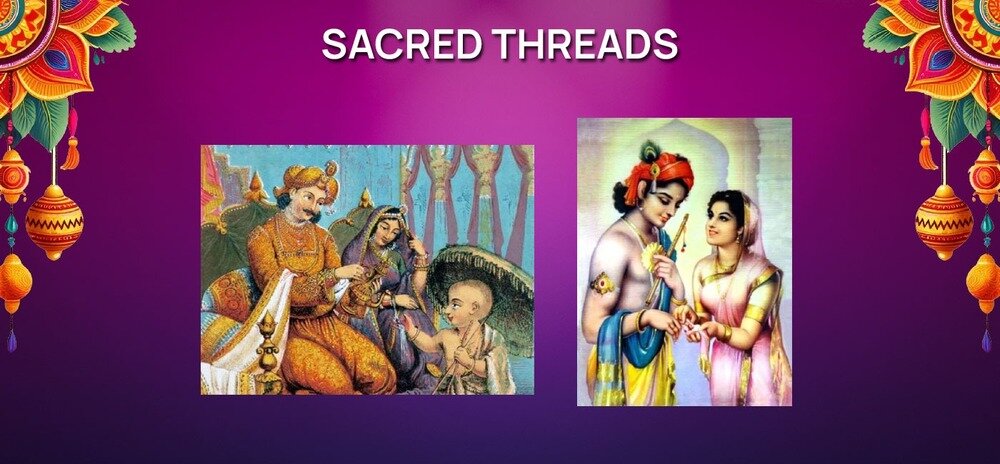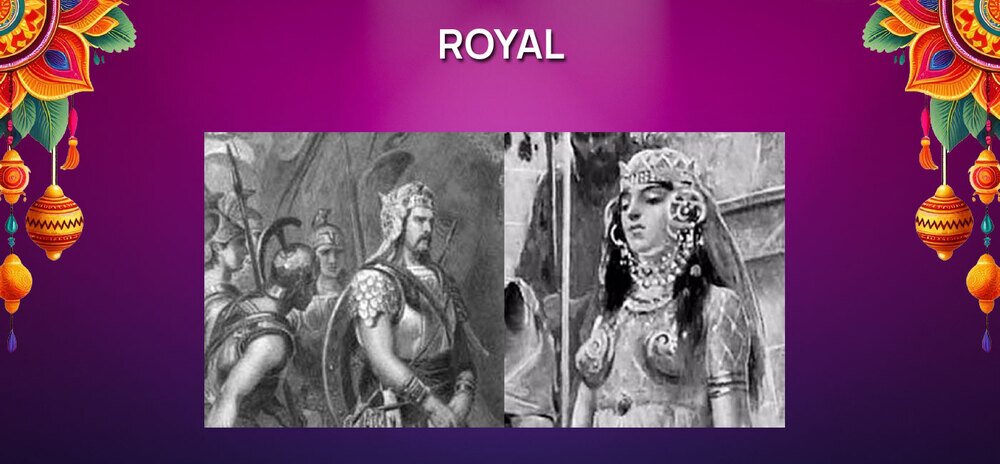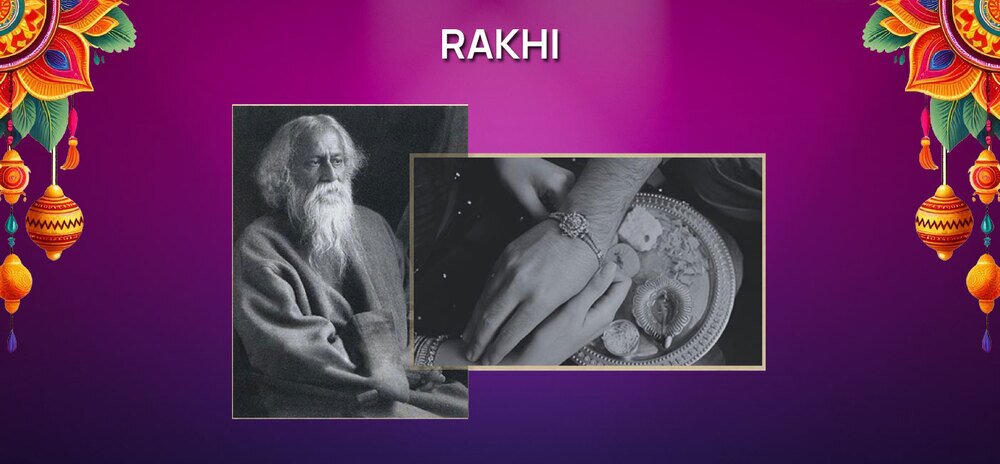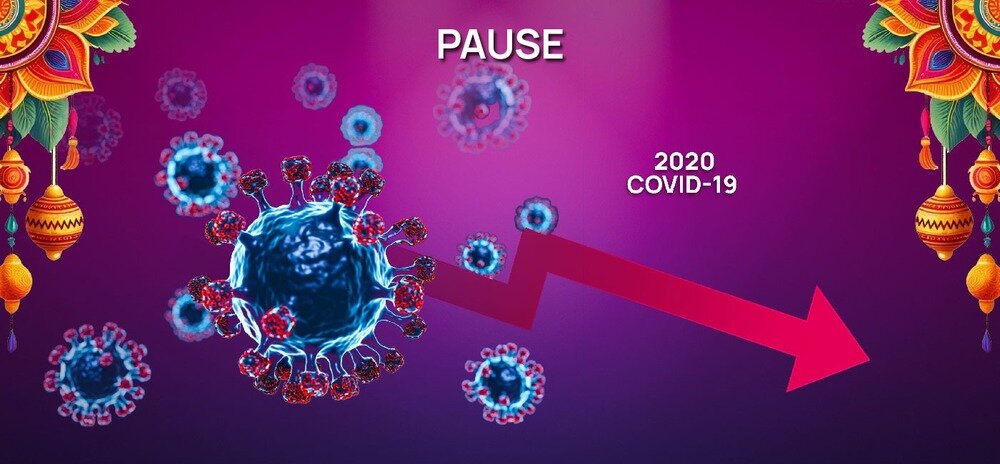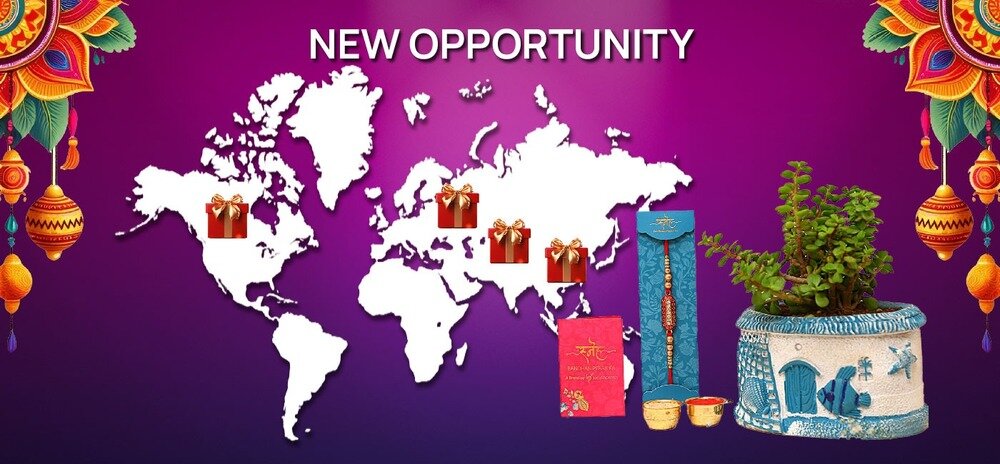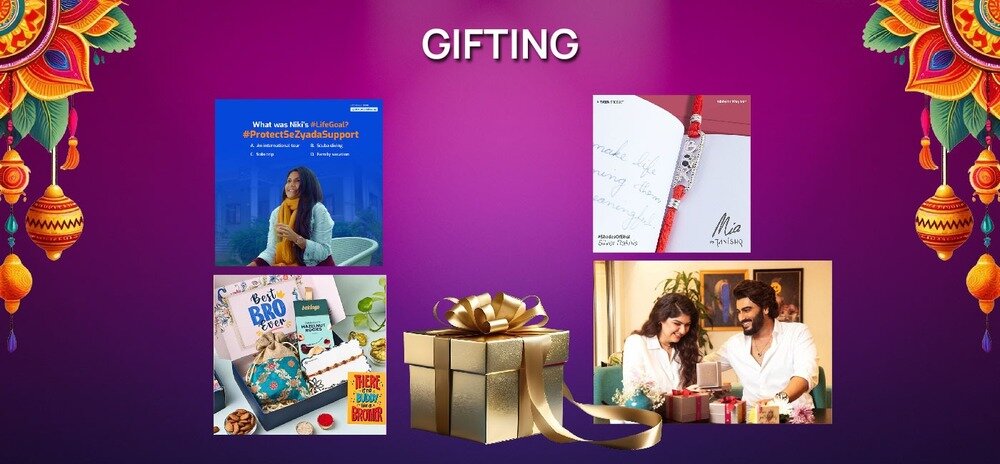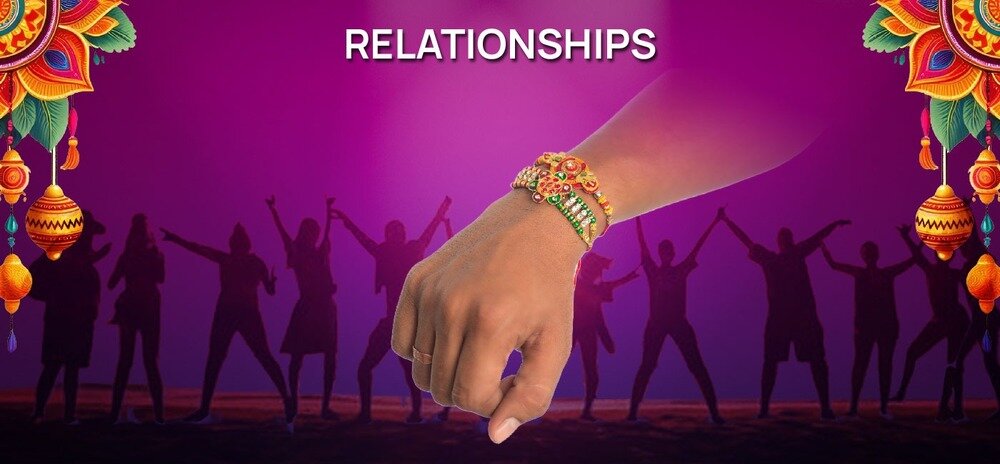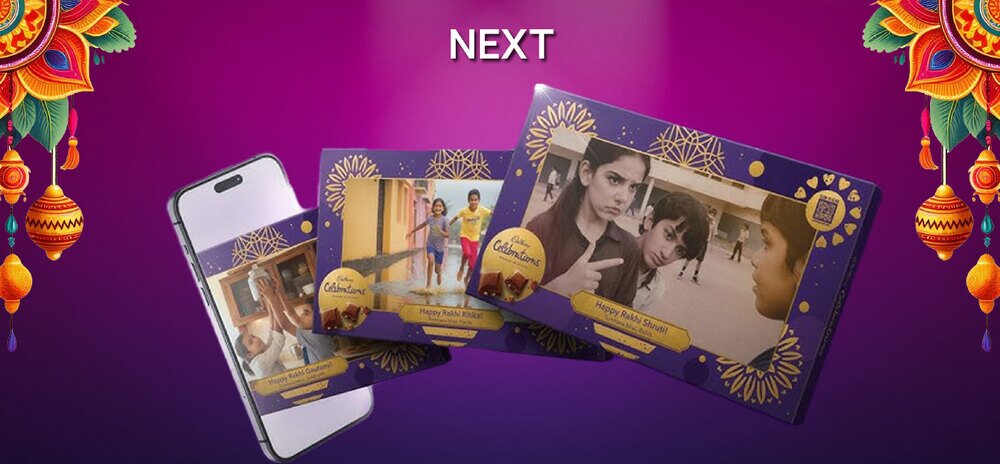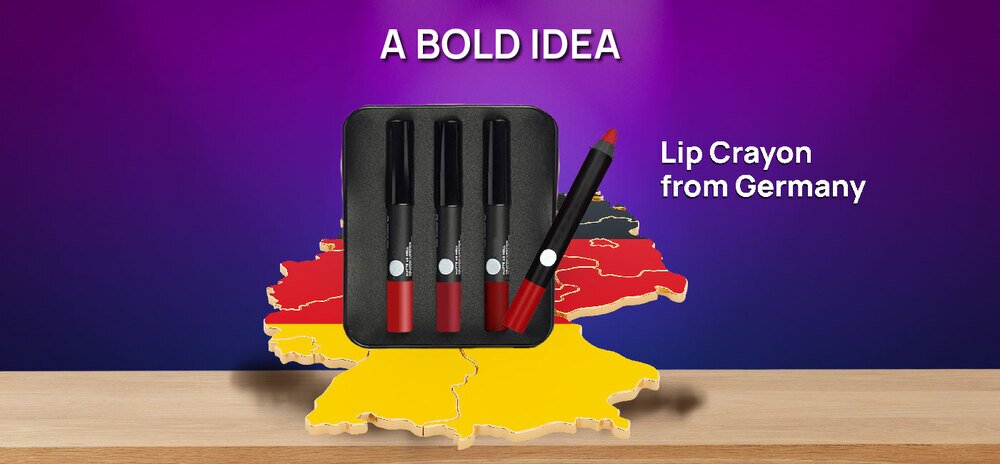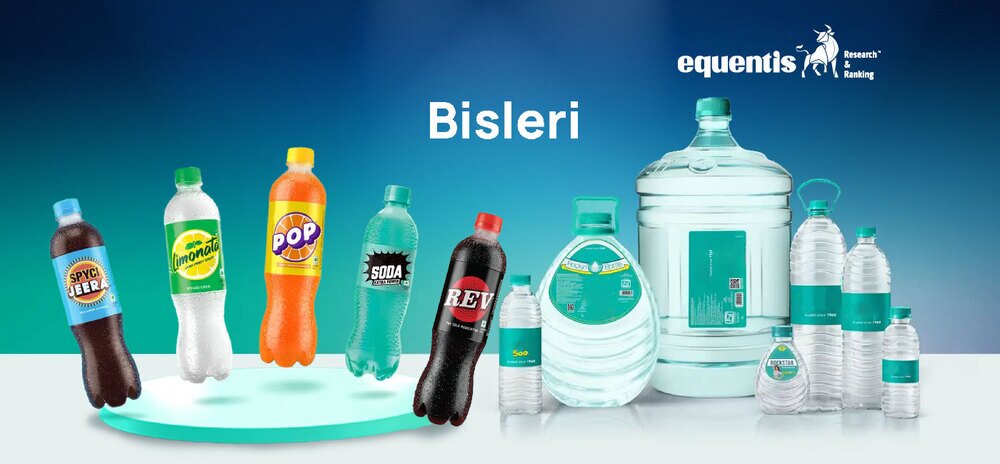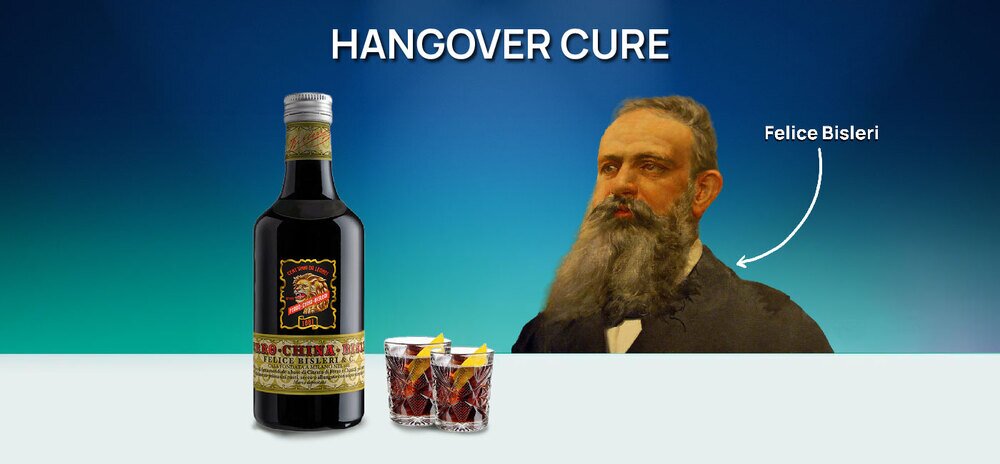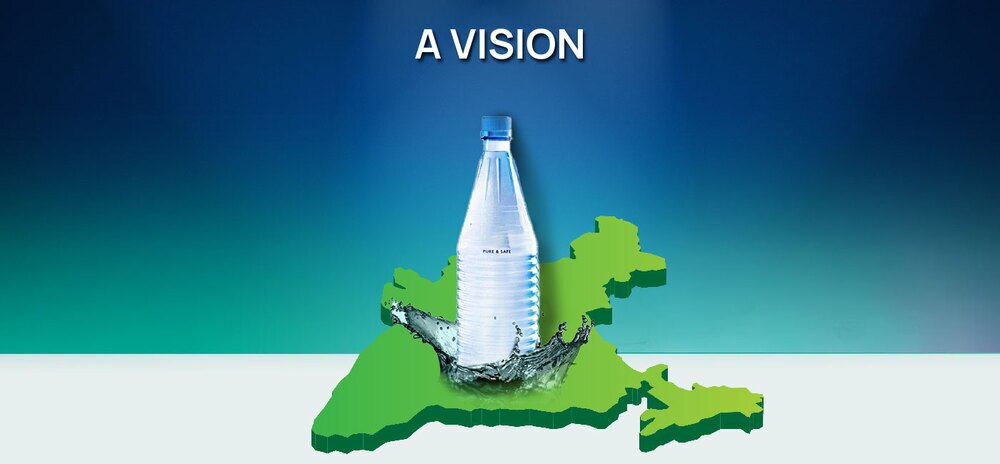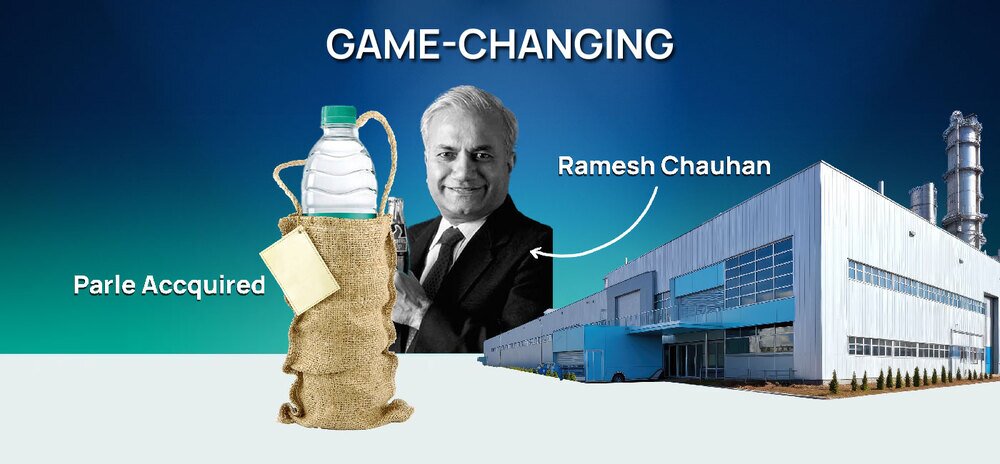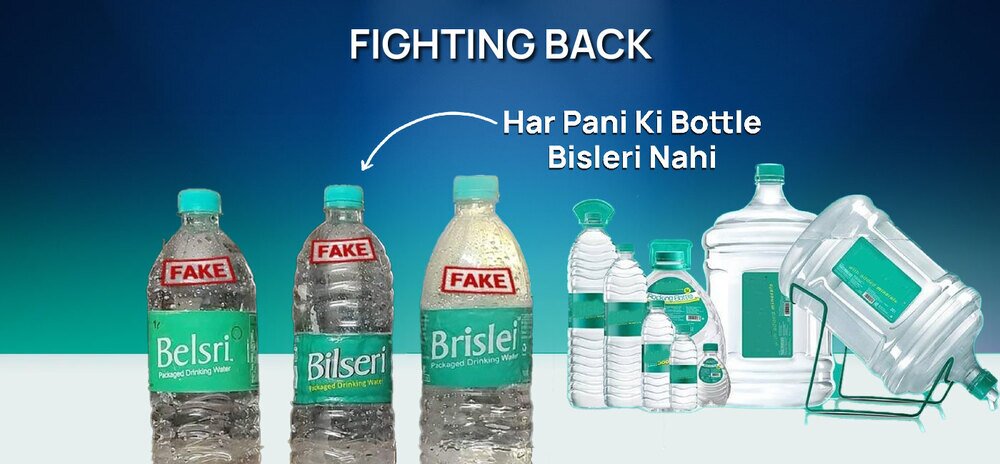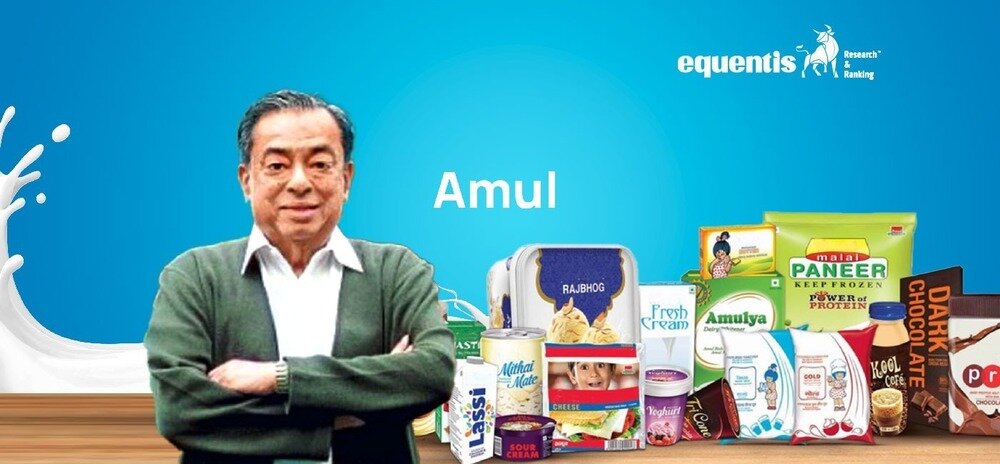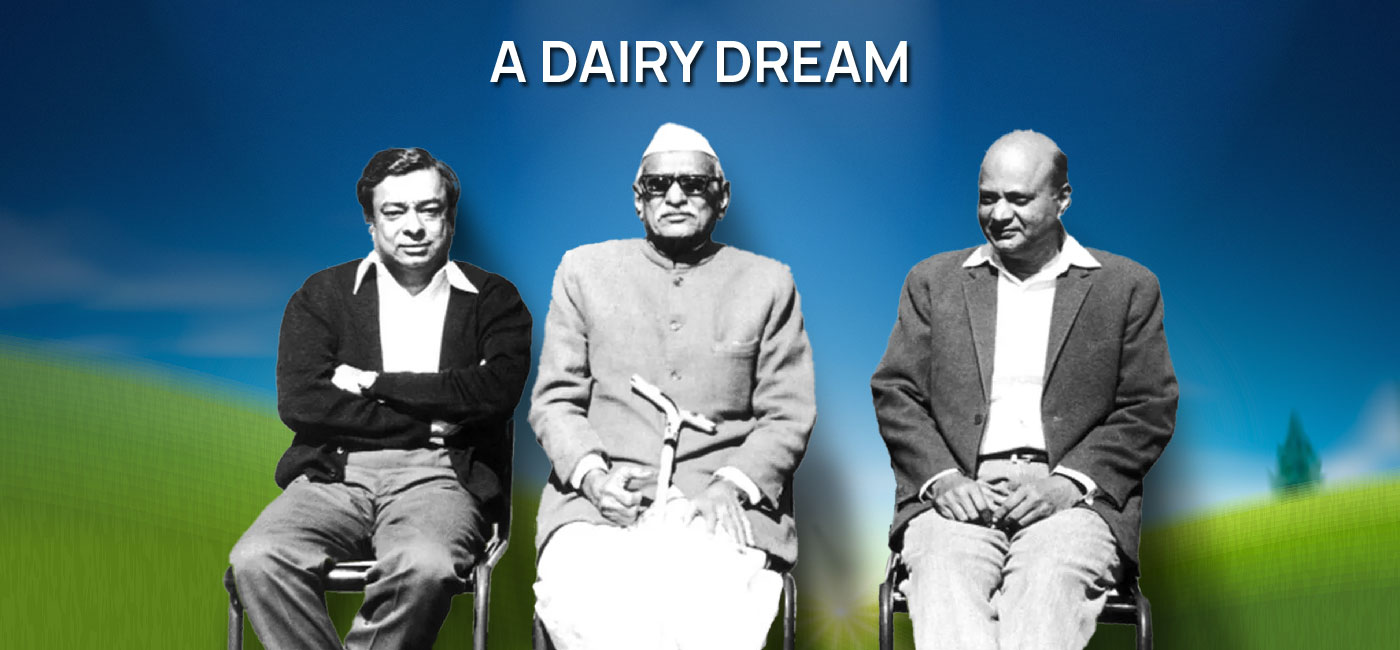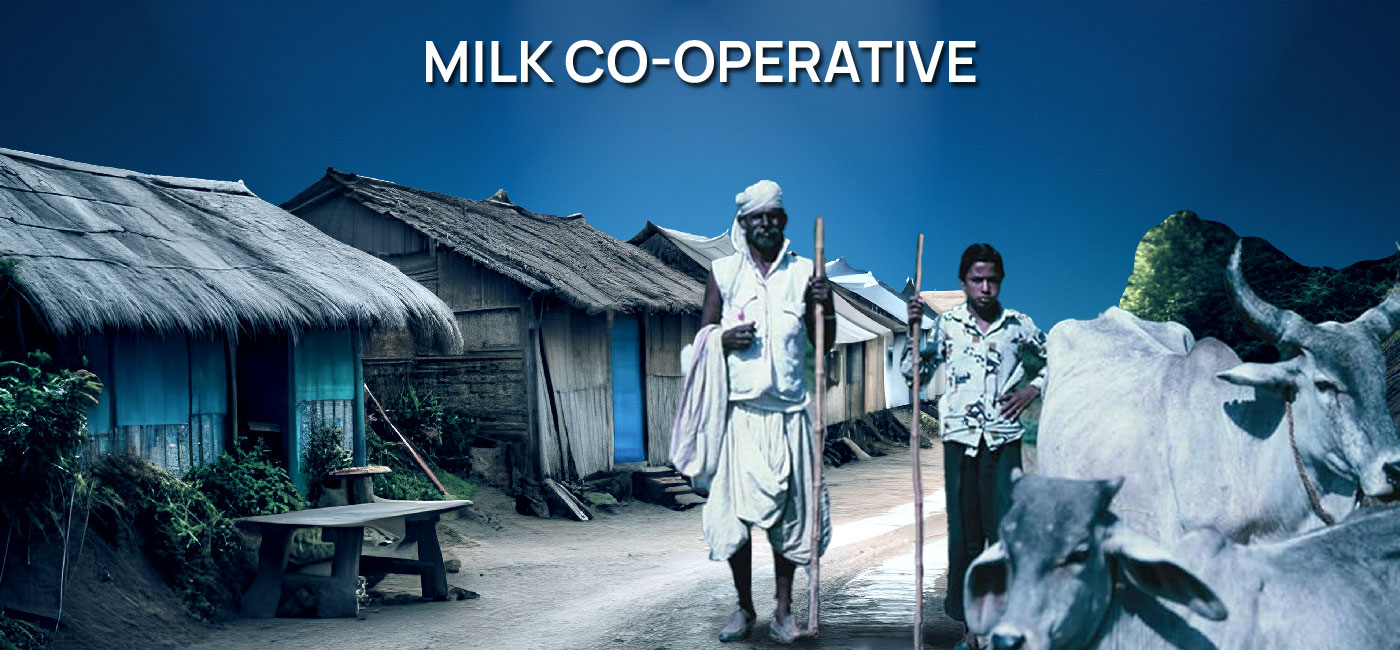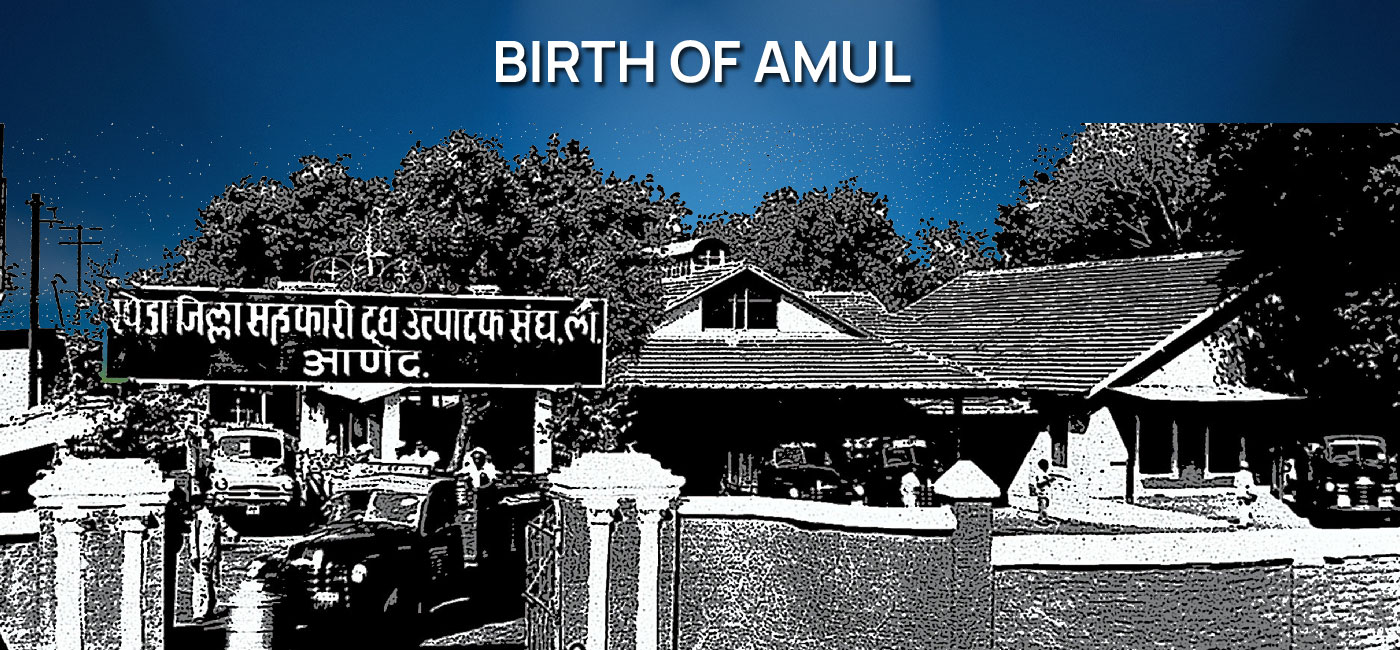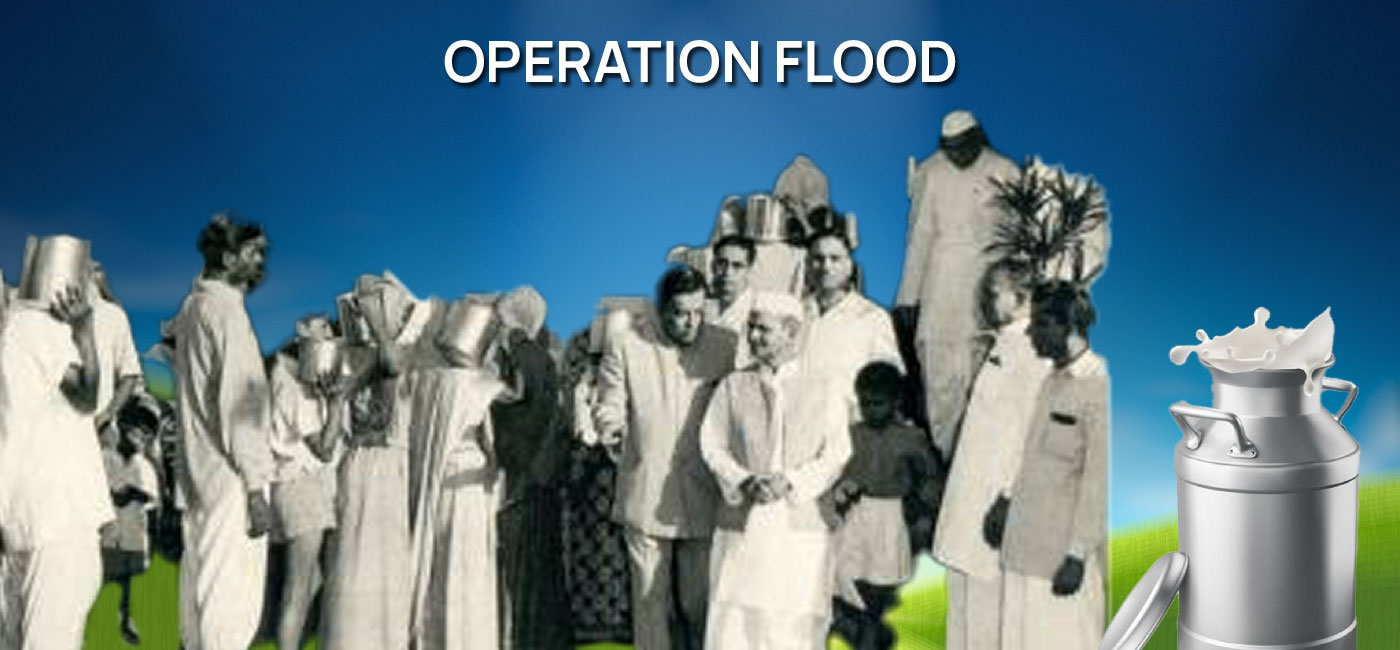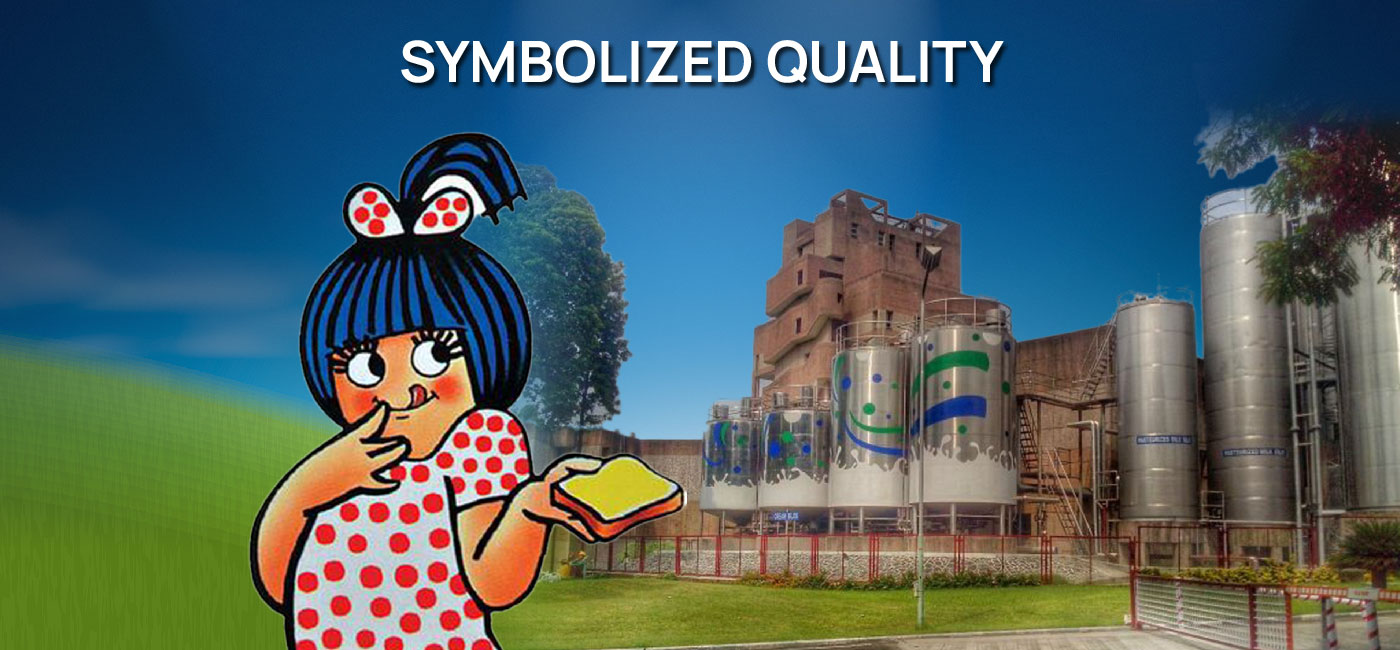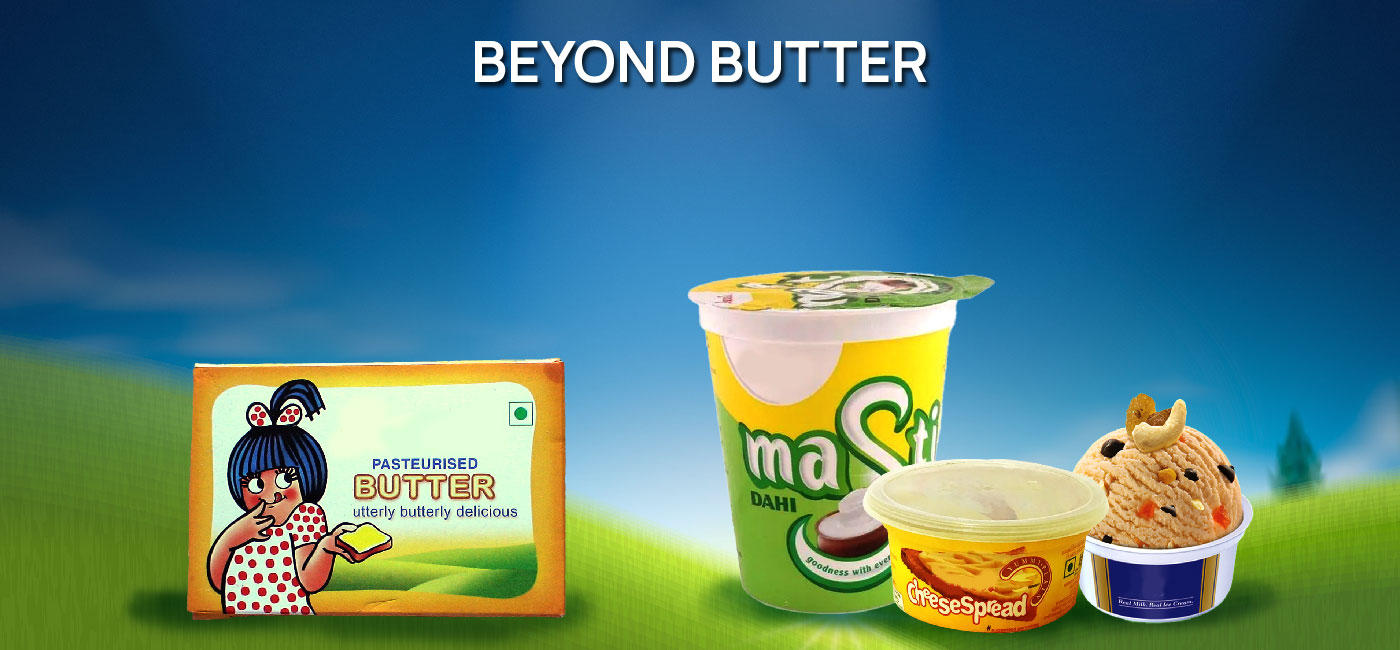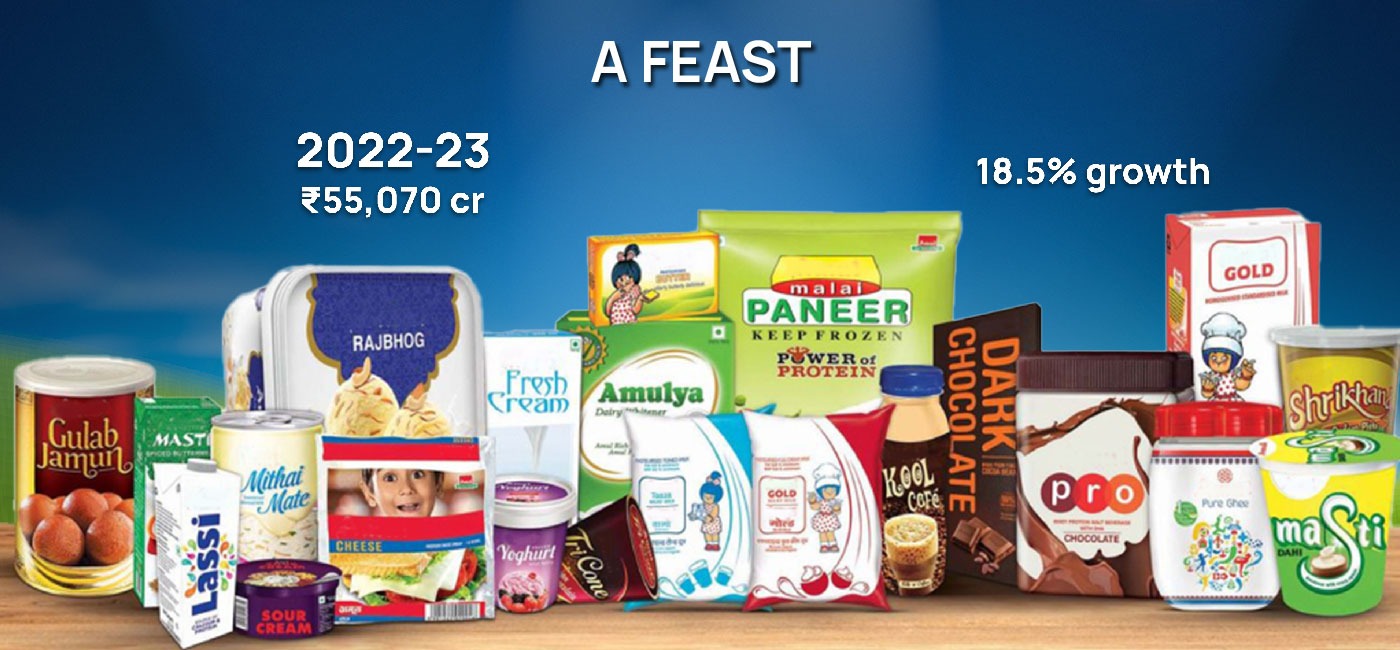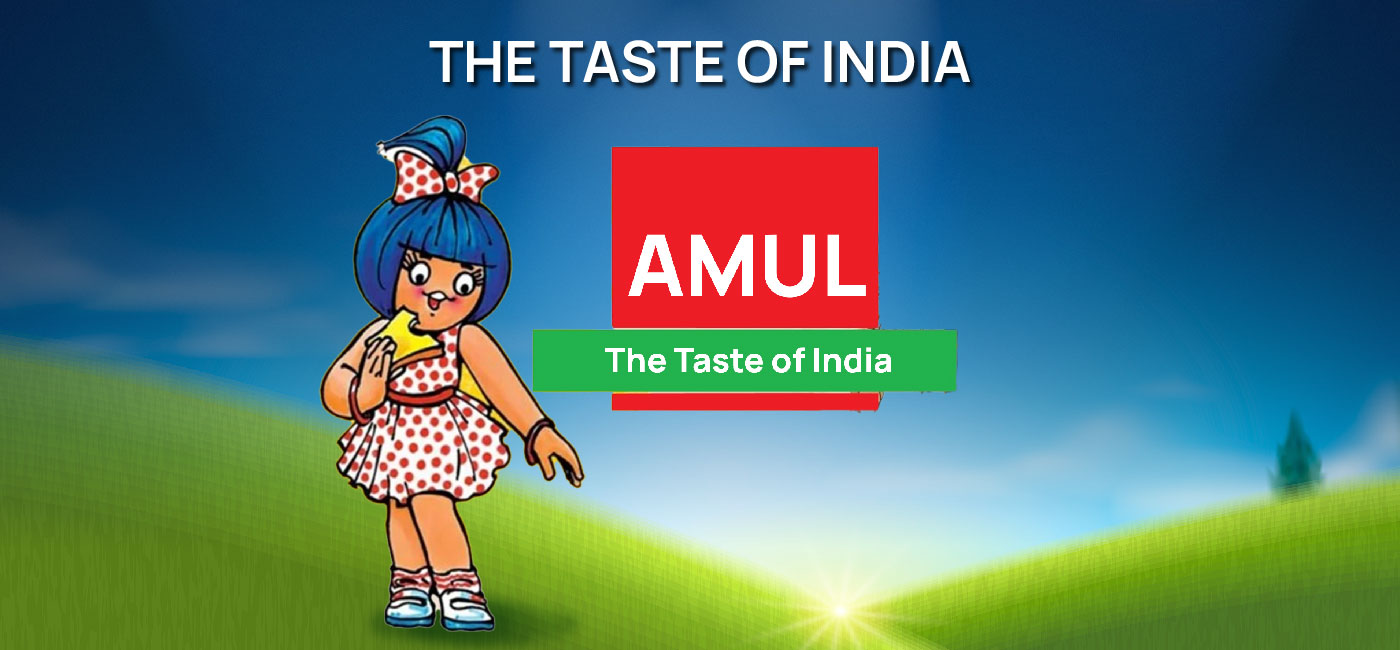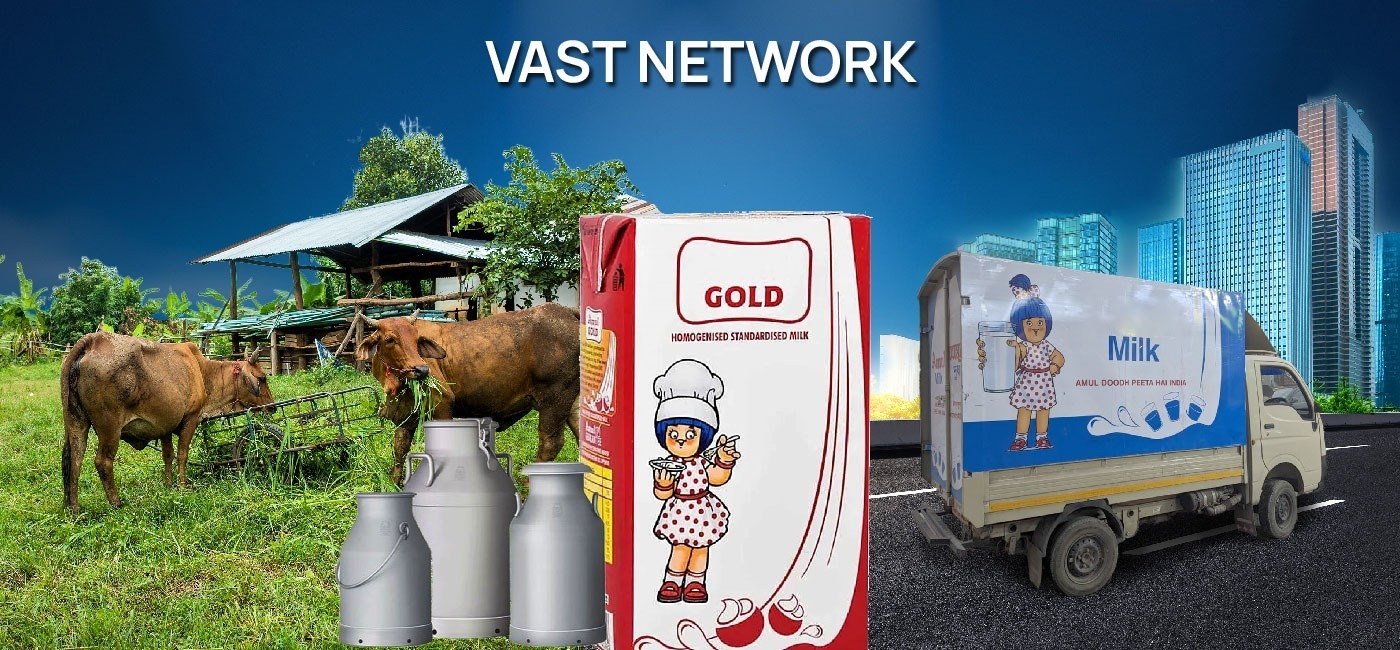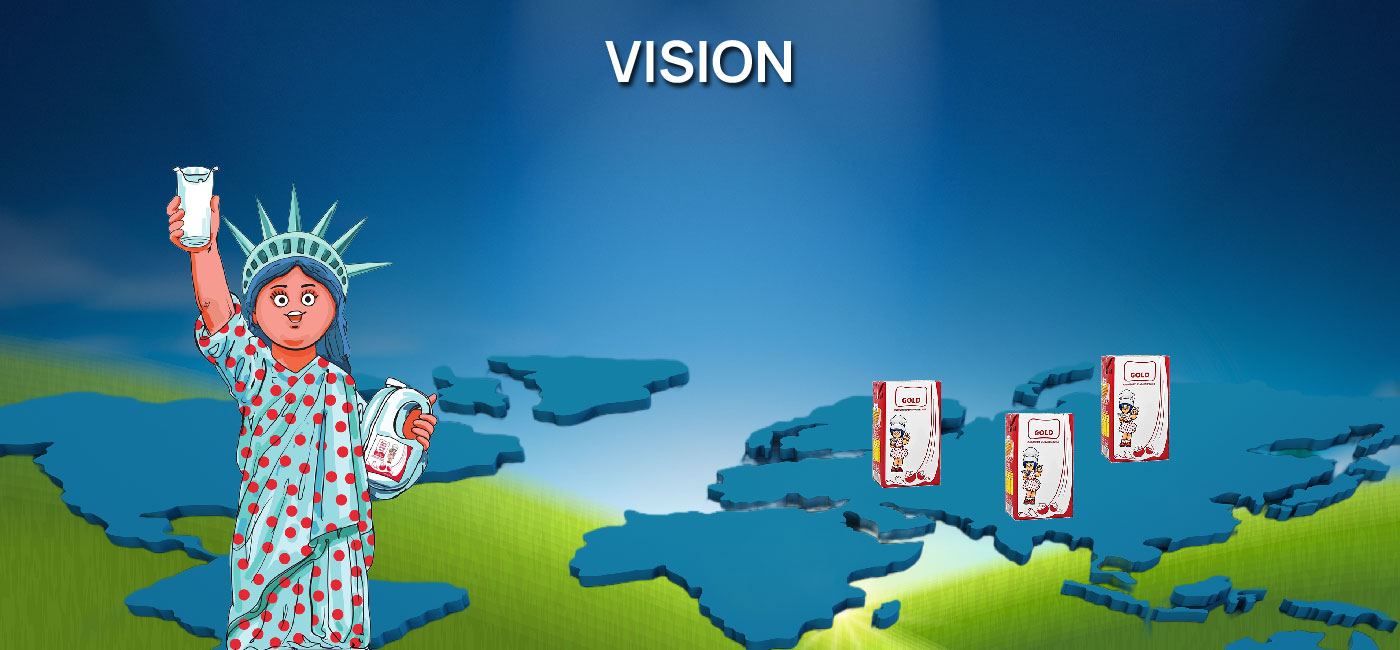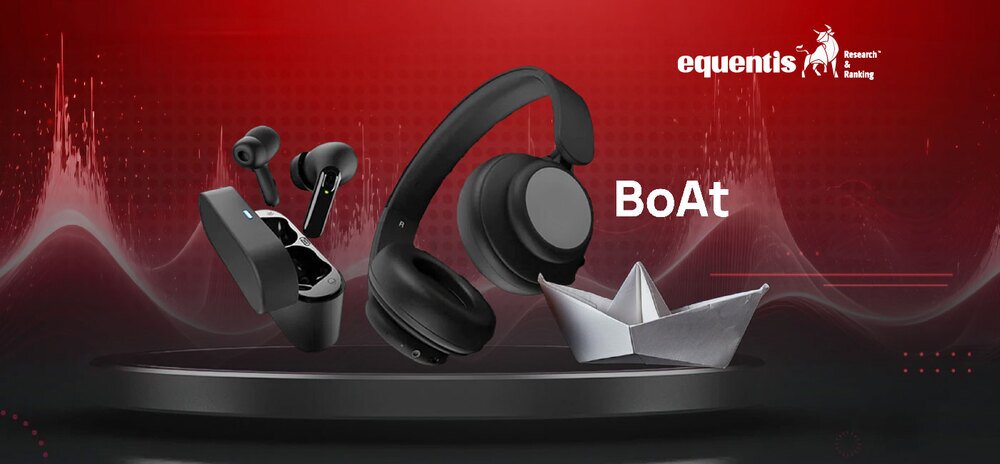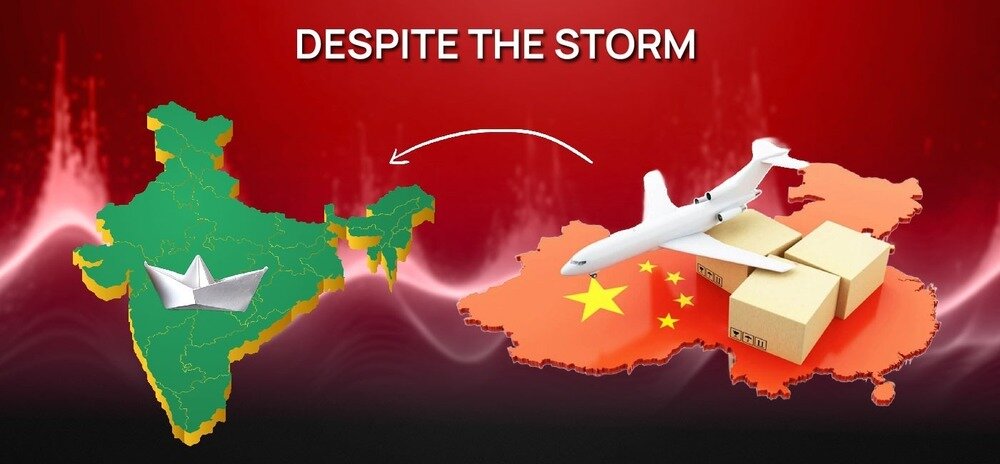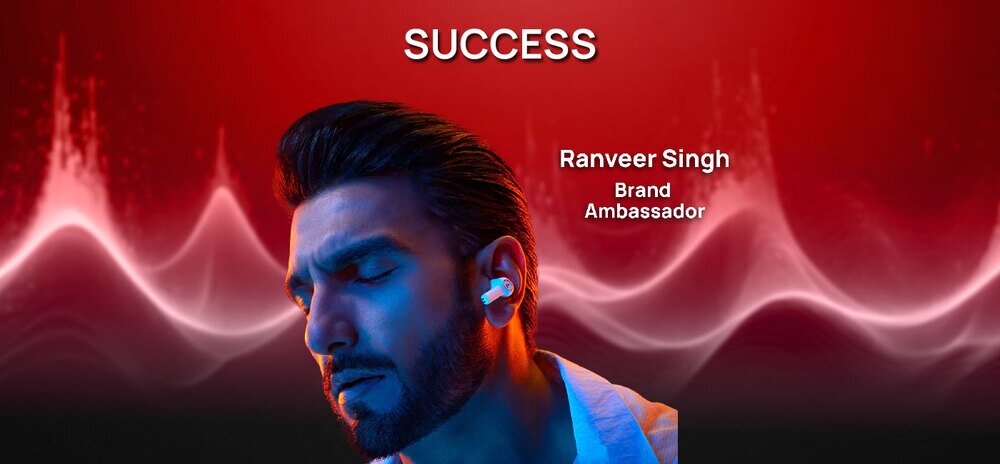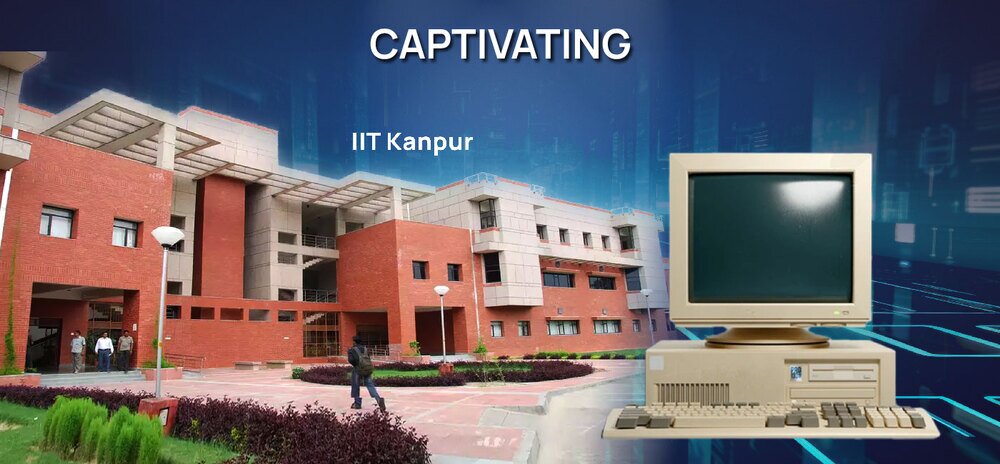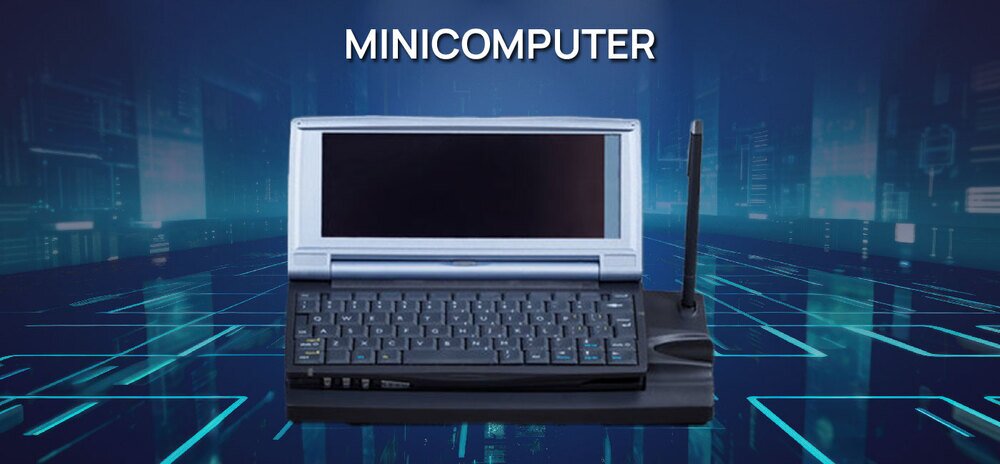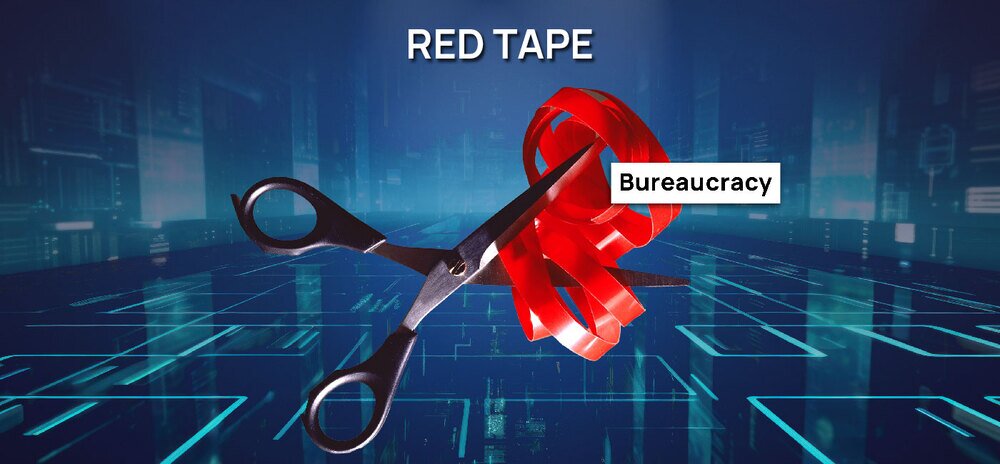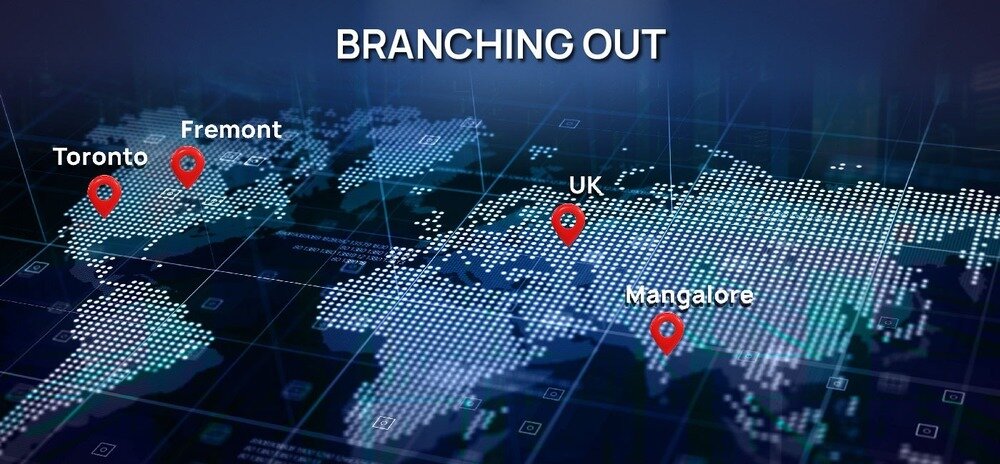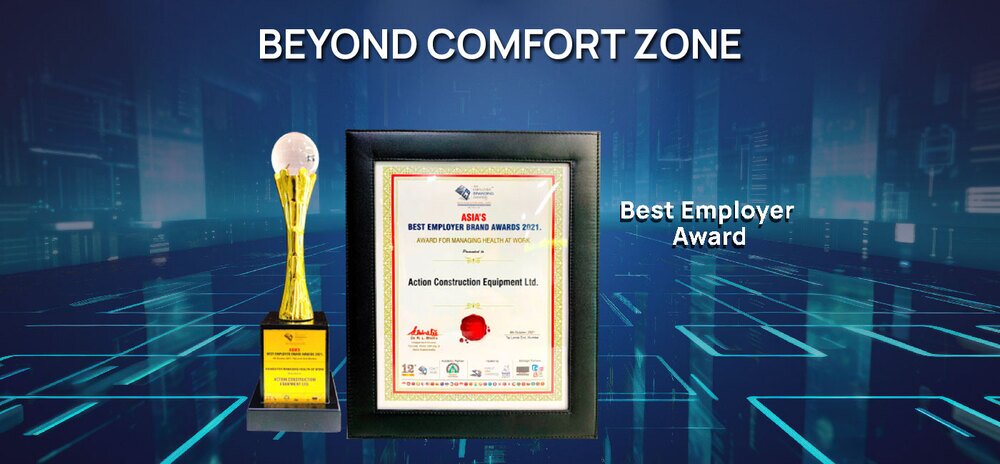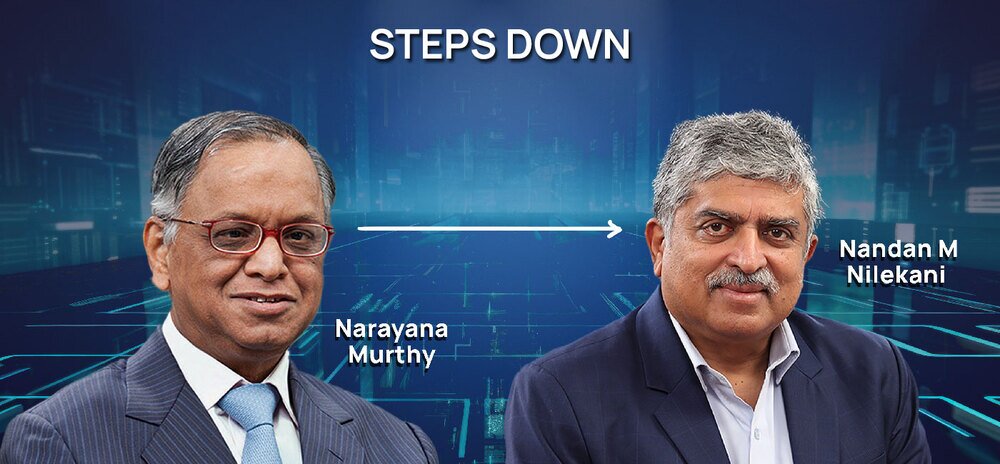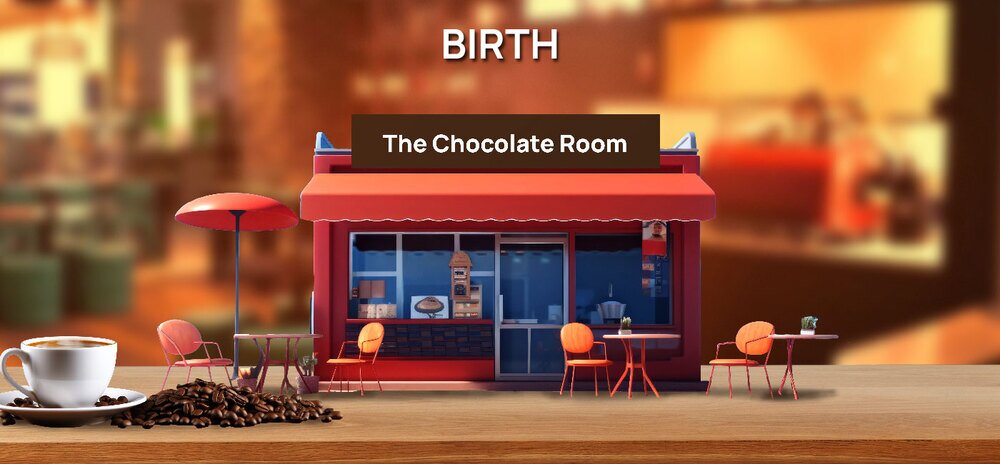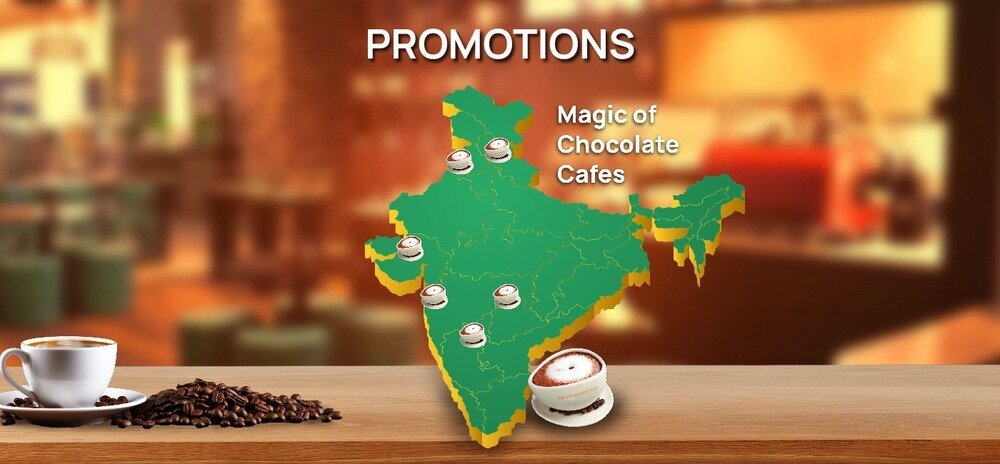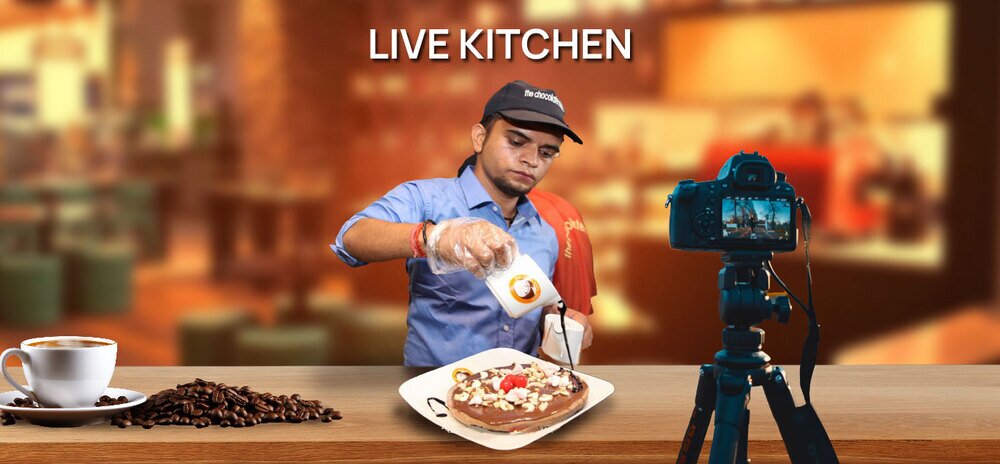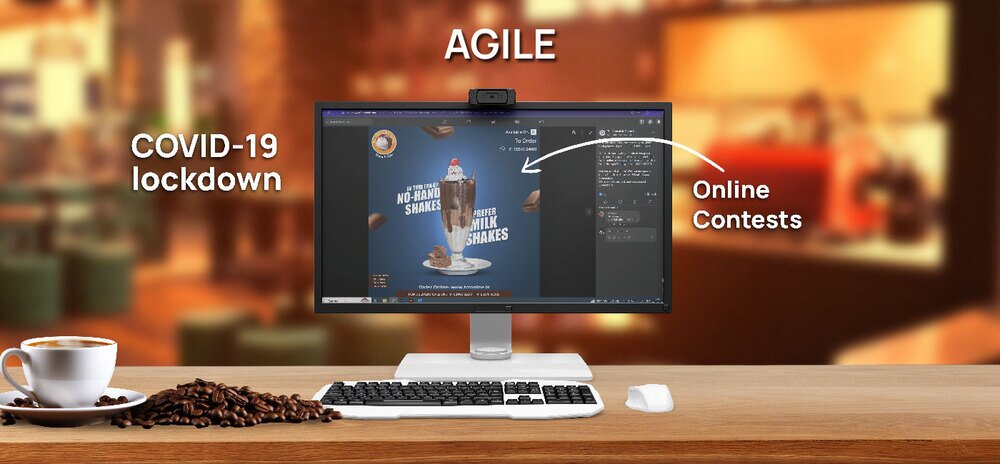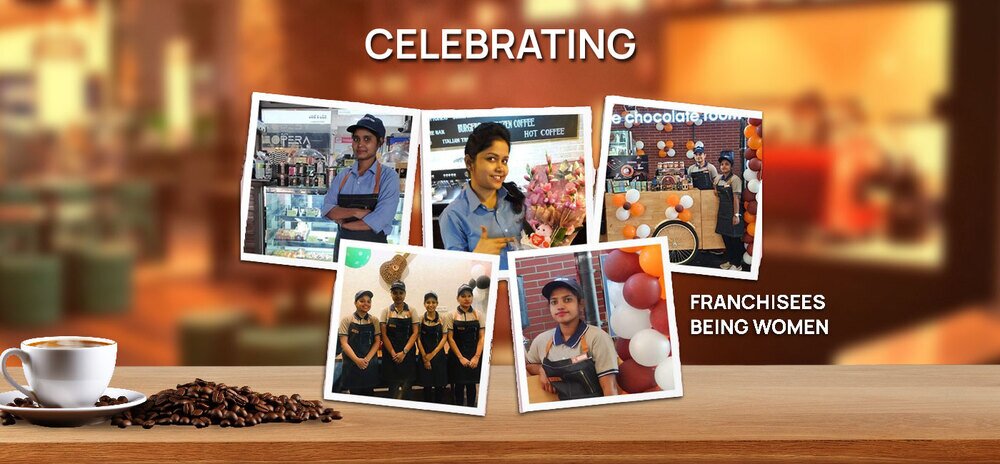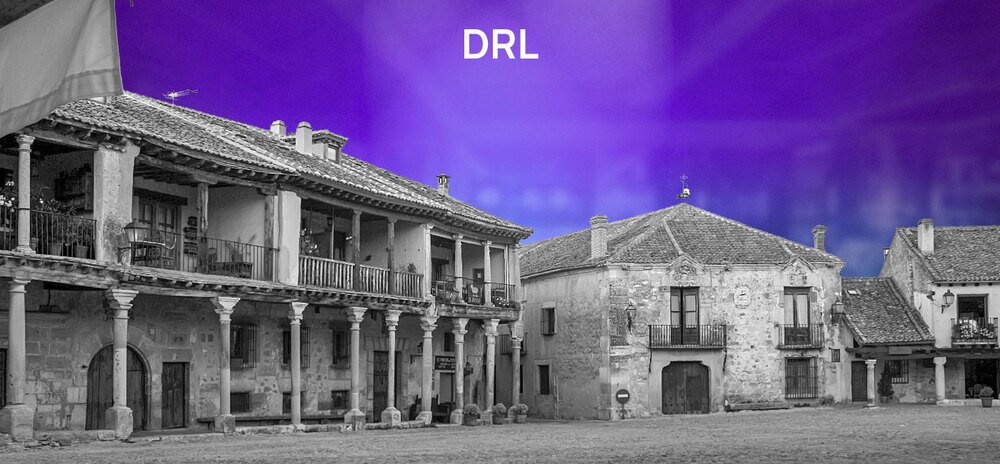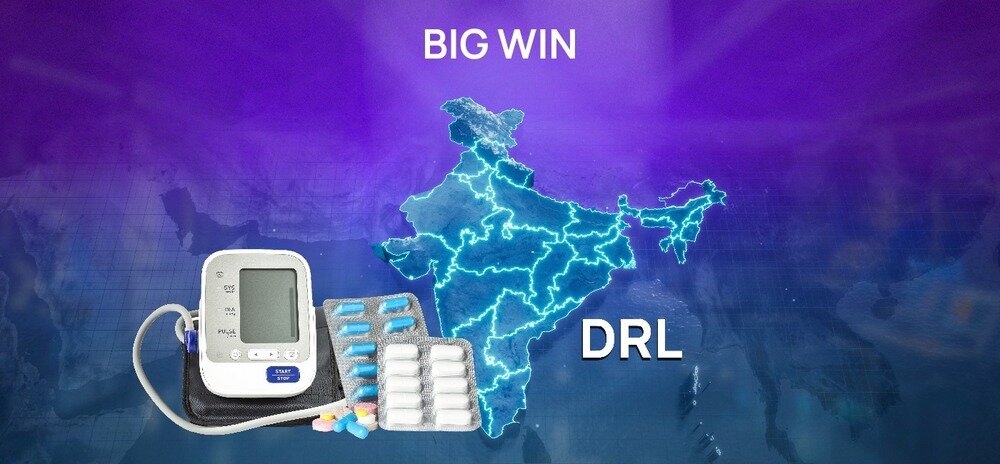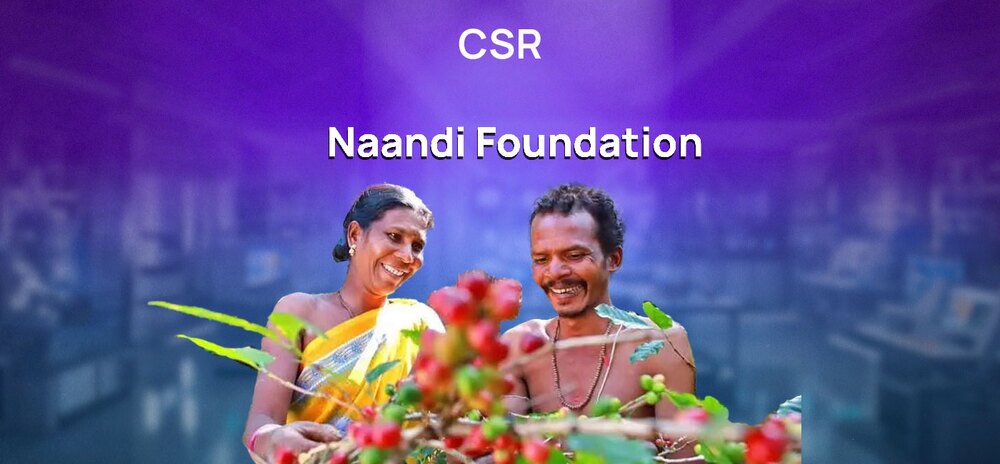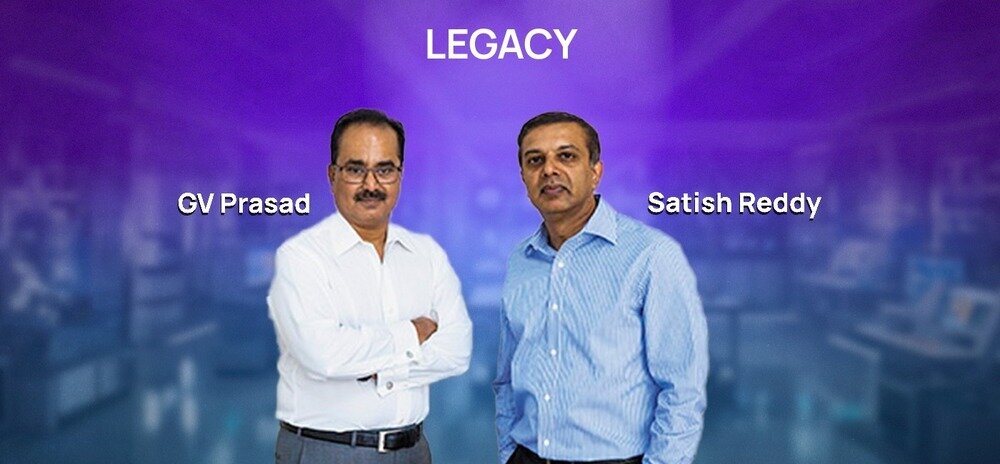Parenthood is a beautiful journey, but it can also be incredibly overwhelming. New parents find they have umpteen choices, from the smallest diaper to the biggest stroller, creating confusion. For the longest time, meeting children’s needs depended on their parents, families, and friends. The baby products industry was ripe for a revolution in this disorganized landscape.
A parent with a vision to bring order and ease to the lives of new parents decided to fill this gap. This $2.7 billion powerhouse has revolutionized how parents shop, offering a one-stop solution that caters to every need, from the tiniest tot to the curious toddler.
Curious to know more about this game-changer? Read on…

From A Parent’s Frustration
Supam Maheshwari, a seasoned entrepreneur, was tired of constantly searching for quality baby products in India, only to be met with limited options.
Frustrated by this lack of options for children, inspired him to create a one-stop solution for all a parent’s needs.
Maheshwari’s first venture, Brainvisa Technologies, an e-learning startup that faced challenges during the dot-com bubble. However, this didn’t deter him.
With his partner Amitava Saha, an experienced entrepreneur, he decided to leverage their expertise to tackle the gap in the Indian baby care market.
Together, they founded FirstCry in 2010, a platform designed to simplify parenting offering a wide range of high-quality baby products.
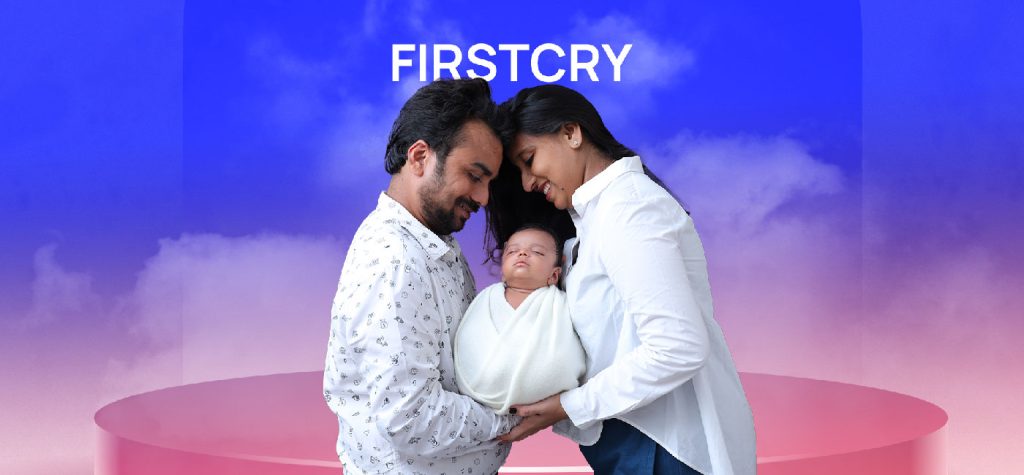
A Name That Resonates with Parents
The name “FirstCry” was carefully chosen to capture the essence of parenthood and the brand’s mission to provide everything a baby needs. It resonated with parents looking for a trusted source for their most precious possessions.
Jan 31, 2021

Innovating Baby Essentials
The Indian parenting landscape was evolving. Nuclear families became more common, and parents sought convenient and trustworthy options.
FirstCry entered the market at the perfect time, offering a wider selection of baby care products.

In The Baby Retail Market
However, conquering the baby care market was challenging. Over 90% of the market was dominated by traditional, offline retailers.
FirstCry’s initial strategy involved online distribution from warehouses across major cities.
To offer parents even more choices, they partnered with local retailers, bringing FirstCry’s products to familiar neighborhood store.

Creating Brands That Nutured Children
FirstCry understood that parenthood was more than just buying products. They launched two private labels, BabyHug and CuteWalk, offering high-quality apparel and footwear.
Additionally, they established “FirstCry Parenting,” a vibrant online community where parents could connect, share experiences, and access valuable resources.

Pioneering Their Way To Success
FirstCry became one of the first online retailers in India to recognize the power of physical stores.
In 2012, they started opening offline stores, allowing parents to touch and feel products before buying. Today, they boast over 400 stores across India, offering an integrated online and offline experience.
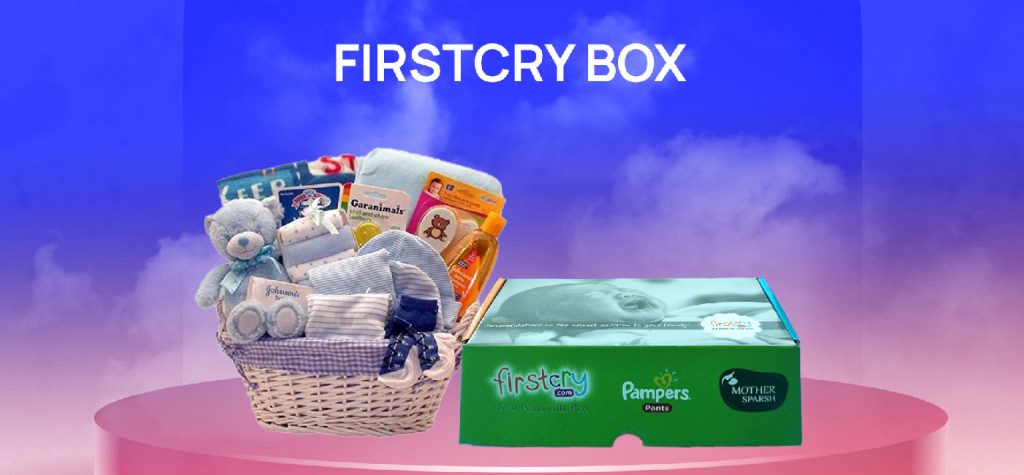
The Heartfelt Gesture
FirstCry goes beyond just selling products. Their “FirstCry Box” initiative highlights their commitment to parents.
This thoughtful program distributes complimentary gift boxes containing essential items to new parents in over 6,000 hospitals across India.
It’s a small gesture with a big impact, strengthening FirstCry’s reputation as a caring brand.
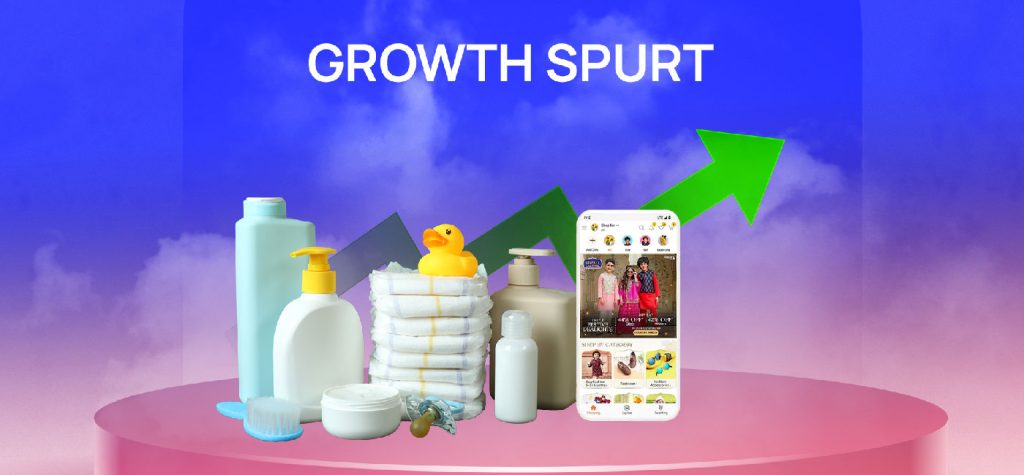
Stats Tell the Story
FirstCry has grown exponentially, offering a staggering range of over 200,000 unique products from 5,800+ brands. Its physical presence is equally impressive, with over 380 stores across India.
Beyond products, FirstCry has cultivated a thriving online community of 13 million monthly users, creating a space for parents to connect, share experiences, and access valuable resources.
The FirstCry app has been downloaded over 10 million times, making it the go-to destination for parents in over 125 cities.
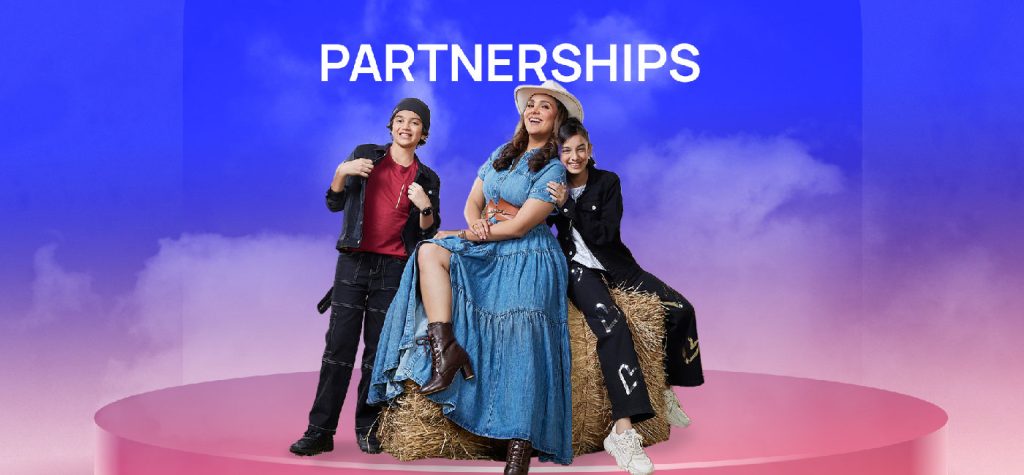
Offering a Complete Baby Care Solution
FirstCry has strategically partnered with renowned personalities and brands to enhance its image and reach a wider audience.
Amitabh Bachchan, a legendary figure in Indian cinema, serves as the brand ambassador, lending his credibility and star power to FirstCry’s campaigns.
The company has also collaborated with Bollywood actress Lara Dutta to launch ARIAS, an eco-fashion brand for children.
ARIAS focuses on creating sustainable and stylish clothing, aligning with the growing demand for eco-friendly products.

Addressing The Need Gap
The baby care industry is a complex landscape filled with unique challenges. Every aspect requires meticulous attention, from warehousing and logistics to the delicate nature of baby products.
The diverse range of products, from tiny diaper pins to bulky car seats, presents significant operational hurdles.
Moreover, the fragmented market, dominated by unorganized players, adds complexity.
To succeed, businesses must offer a wide range of products, competitive pricing, and exceptional customer service.

For the Future
FirstCry received investments from SoftBank, Late Sir Ratan Tata, Premji Invest, Mahindra & Mahindra, and TPG Growth, making it a unicorn.
This financial backing let the company expand its operations, invest in technology, and acquire strategic assets at a $2.7 billion valuation.
Firstcry acquired BabyOye, a leading online retailer of baby and maternity products, to strengthen its market position and expand its product range.
They acquired Oi Playschool to foray into the early childhood education sector.
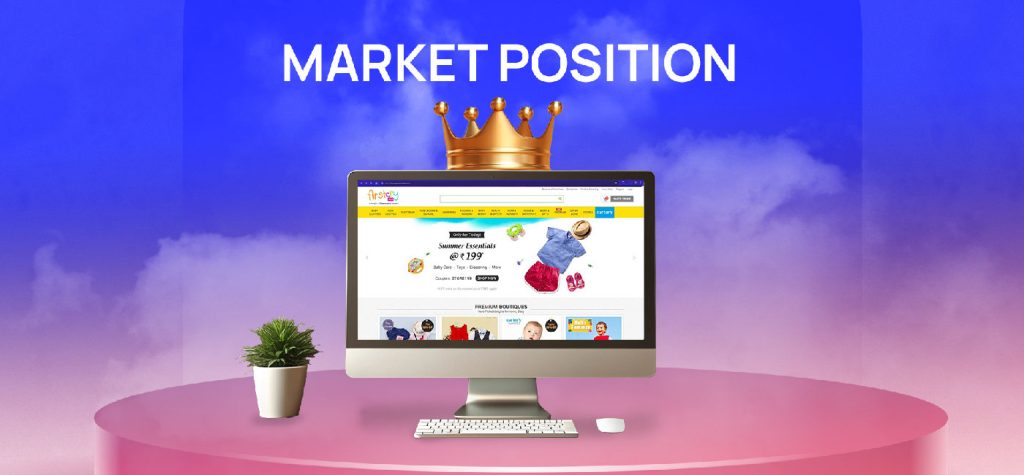
Solidified via Quality & Reliability
FirstCry has established a strong foothold in the Indian baby care market, becoming synonymous with quality and reliability.
While it faces competition from online giants like Myntra, Amazon, and local retailers, FirstCry’s robust brand presence and diverse product offerings have enabled it to maintain a leading position.

Advancing Toward a New Era
FirstCry successfully listed at a 40% premium on the stock markets in August 2024, marking a milestone in its journey.
Its YouTube channel now stands as India’s largest parenting platform, offering support and insights to millions.
FirstCry plans to expand its reach with 380 new stores PAN India over the next three years, including exclusive brand and multi-brand outlets, and also enter the Middle East.
 Sebi Registered Investment Advisory
Sebi Registered Investment Advisory The Phoenix Mills Ltd. (PDF)
The Phoenix Mills Ltd. (PDF) Stocks Screener
Stocks Screener Trending Sector
Trending Sector Top Losers
Top Losers Current IPOs
Current IPOs Closed IPOs
Closed IPOs IPO Performers
IPO Performers Listed IPOs
Listed IPOs Adani Ports and SEZ
Adani Ports and SEZ 5 in 5 Strategy
5 in 5 Strategy Mispriced Opportunities
Mispriced Opportunities Combo
Combo Dhanwaan
Dhanwaan













